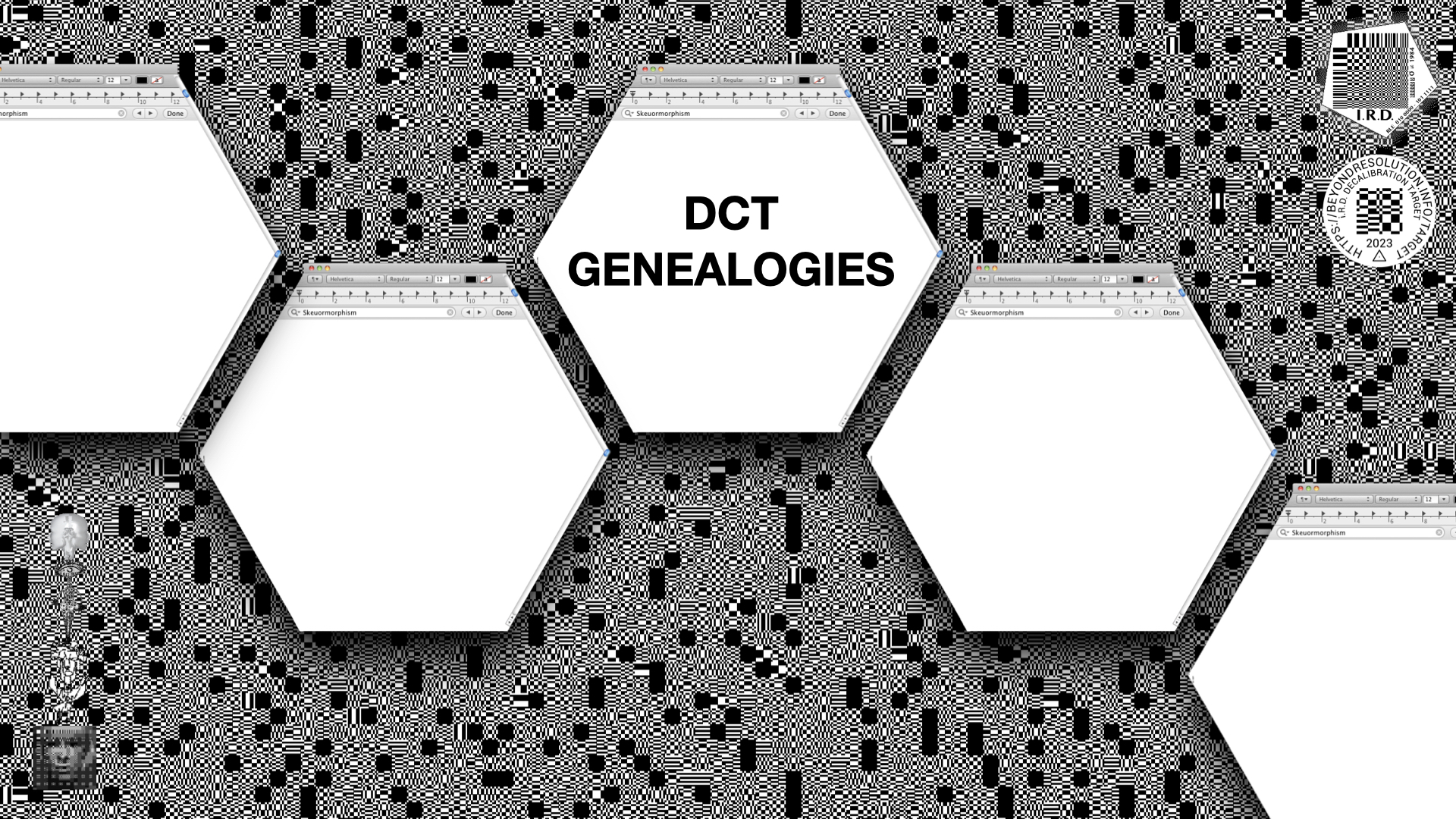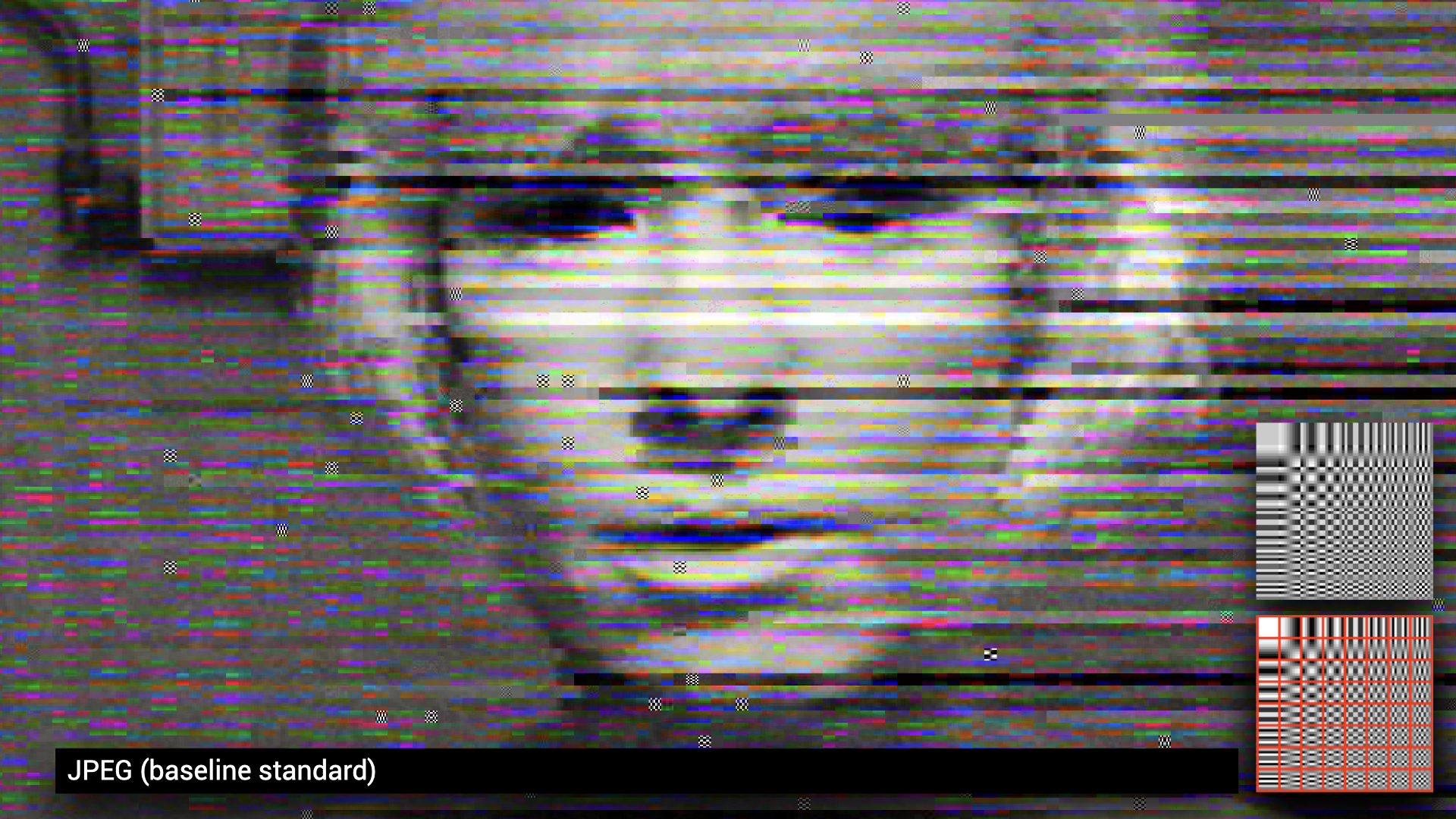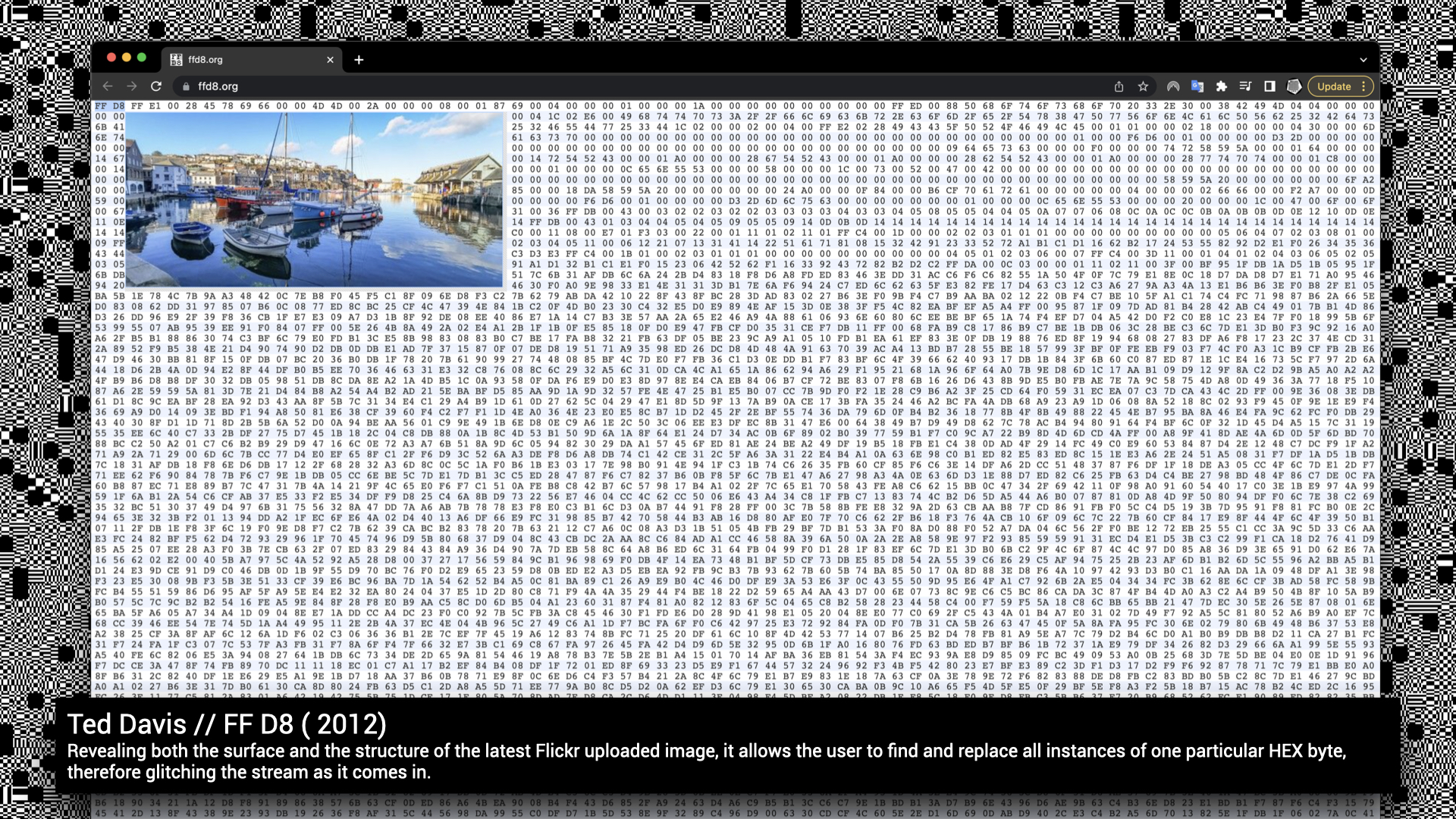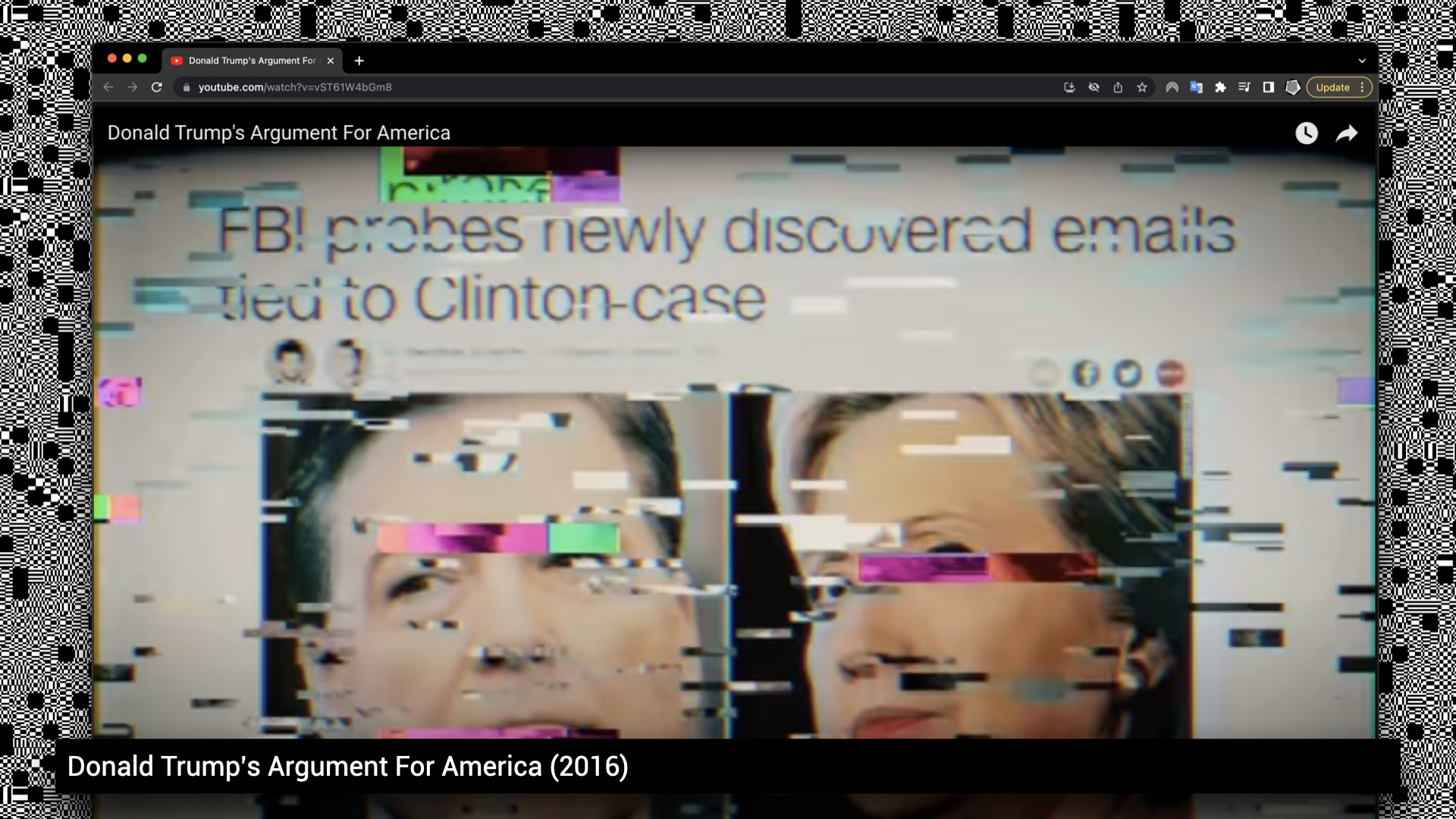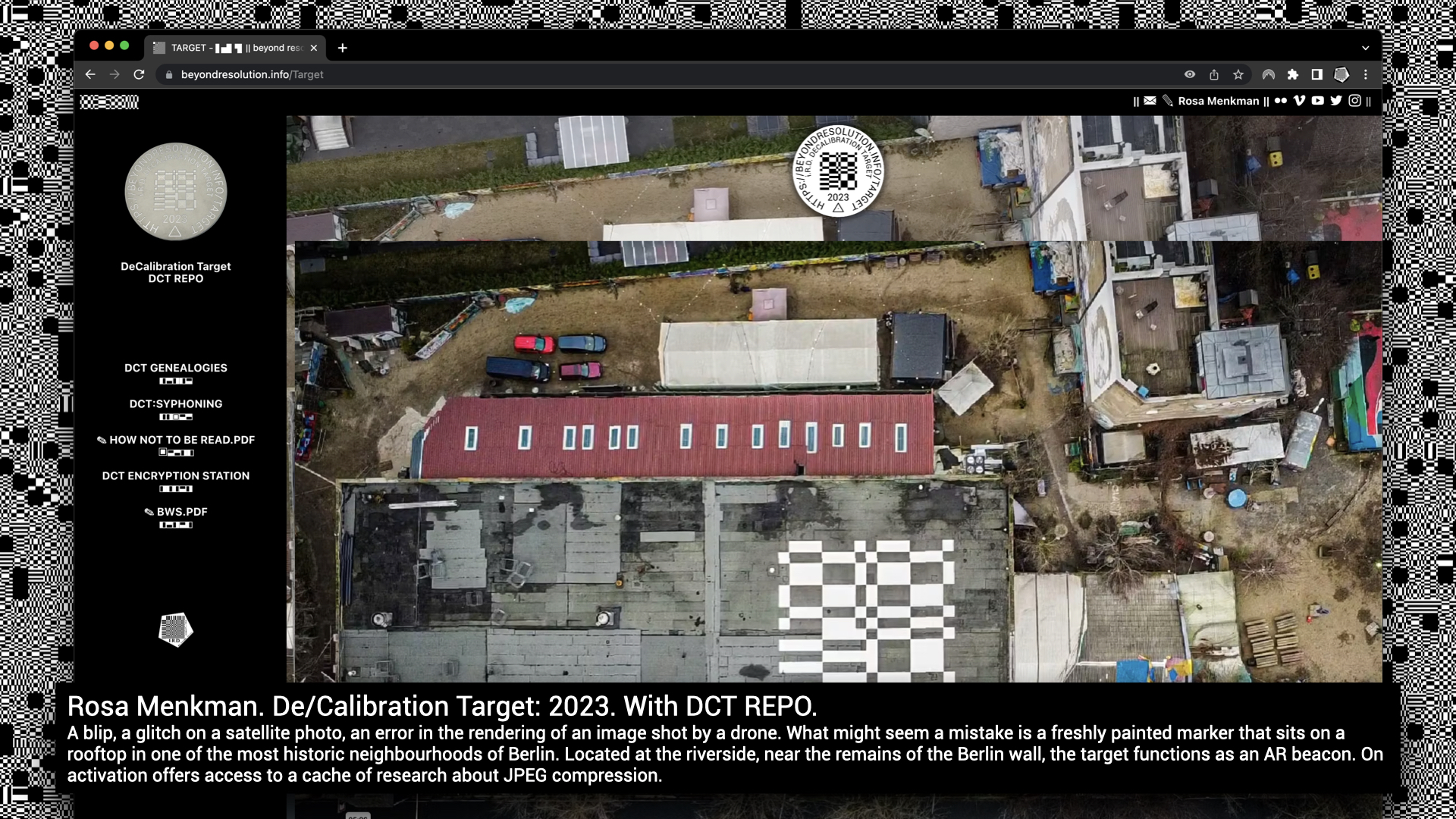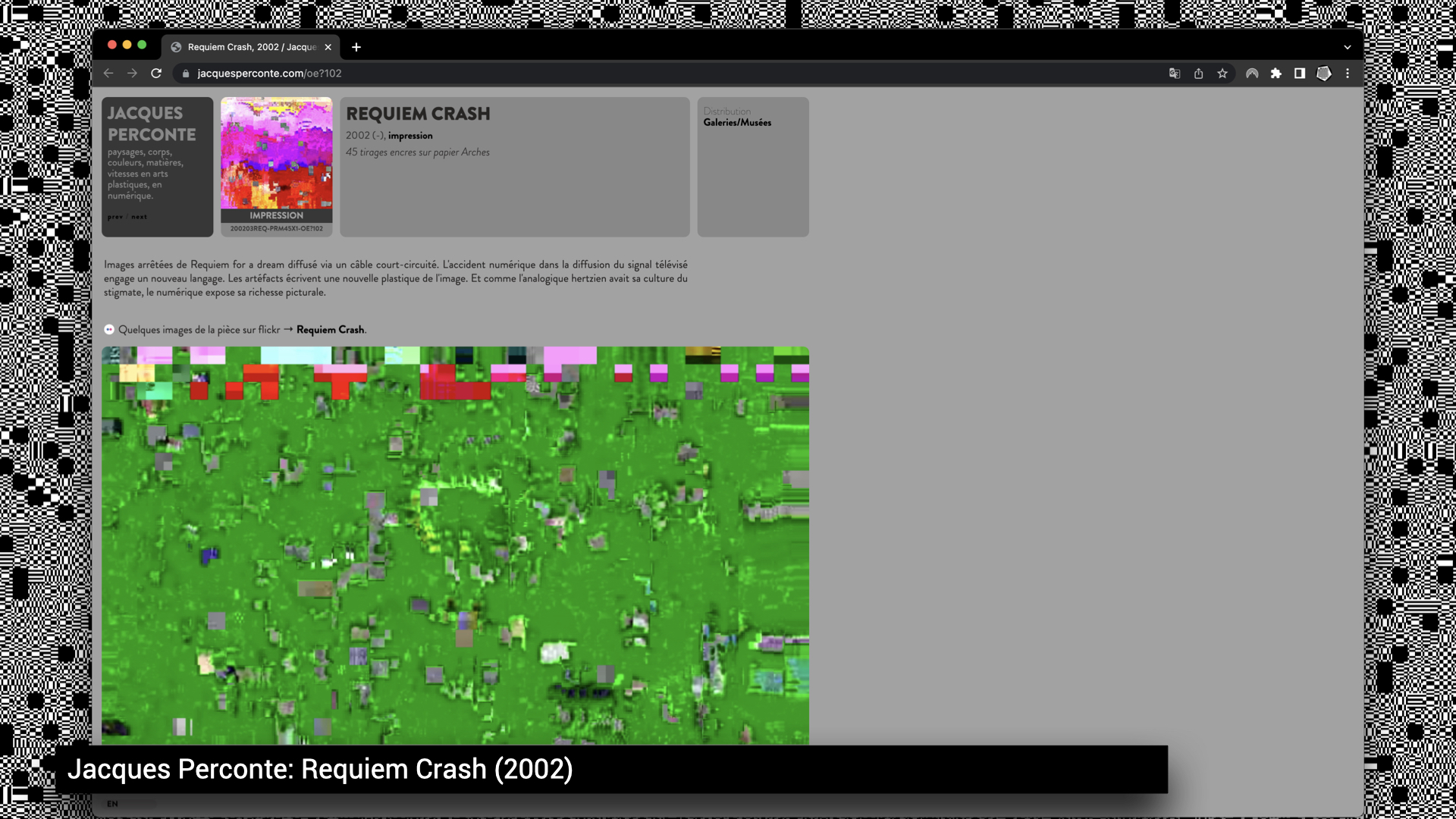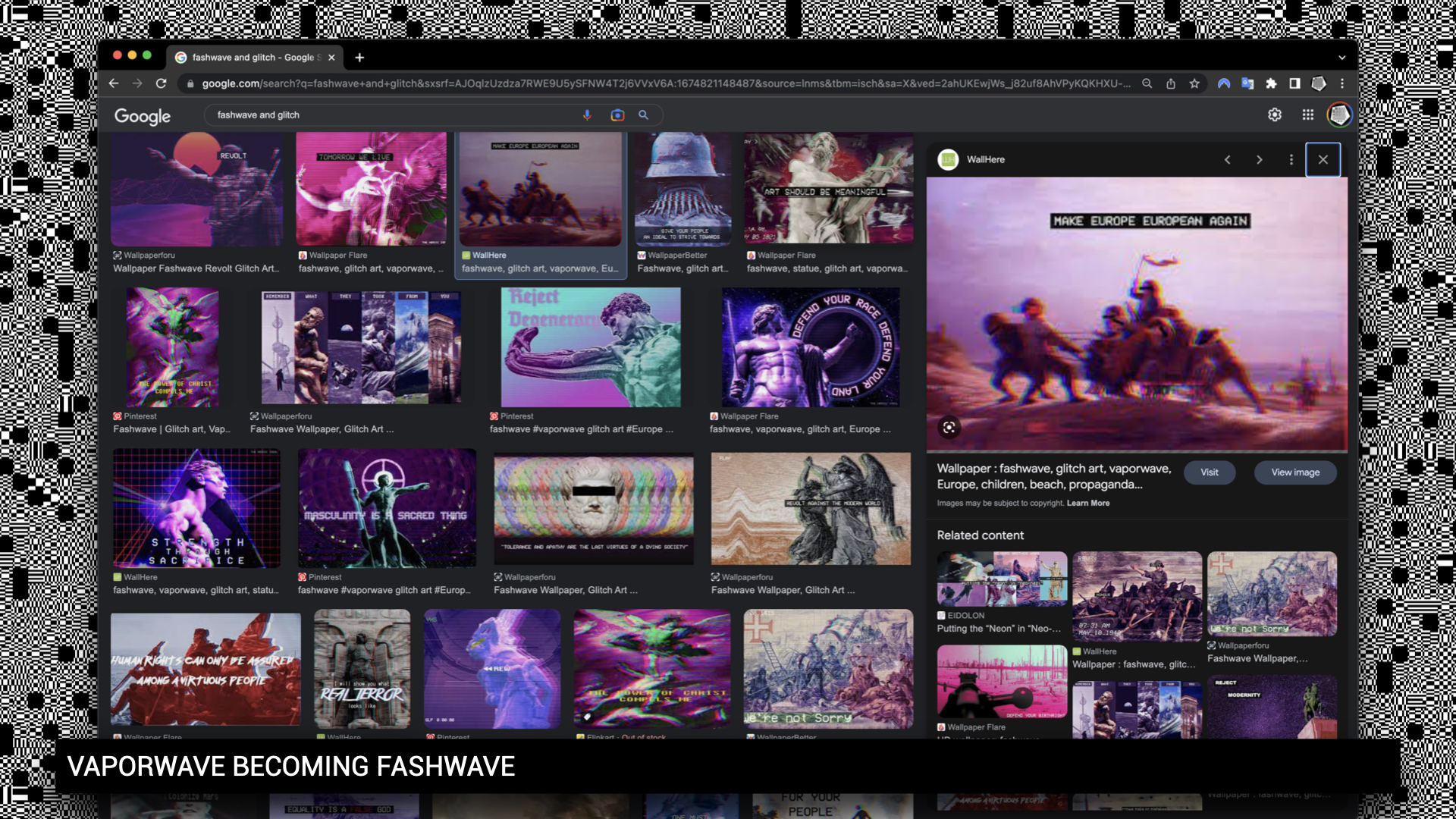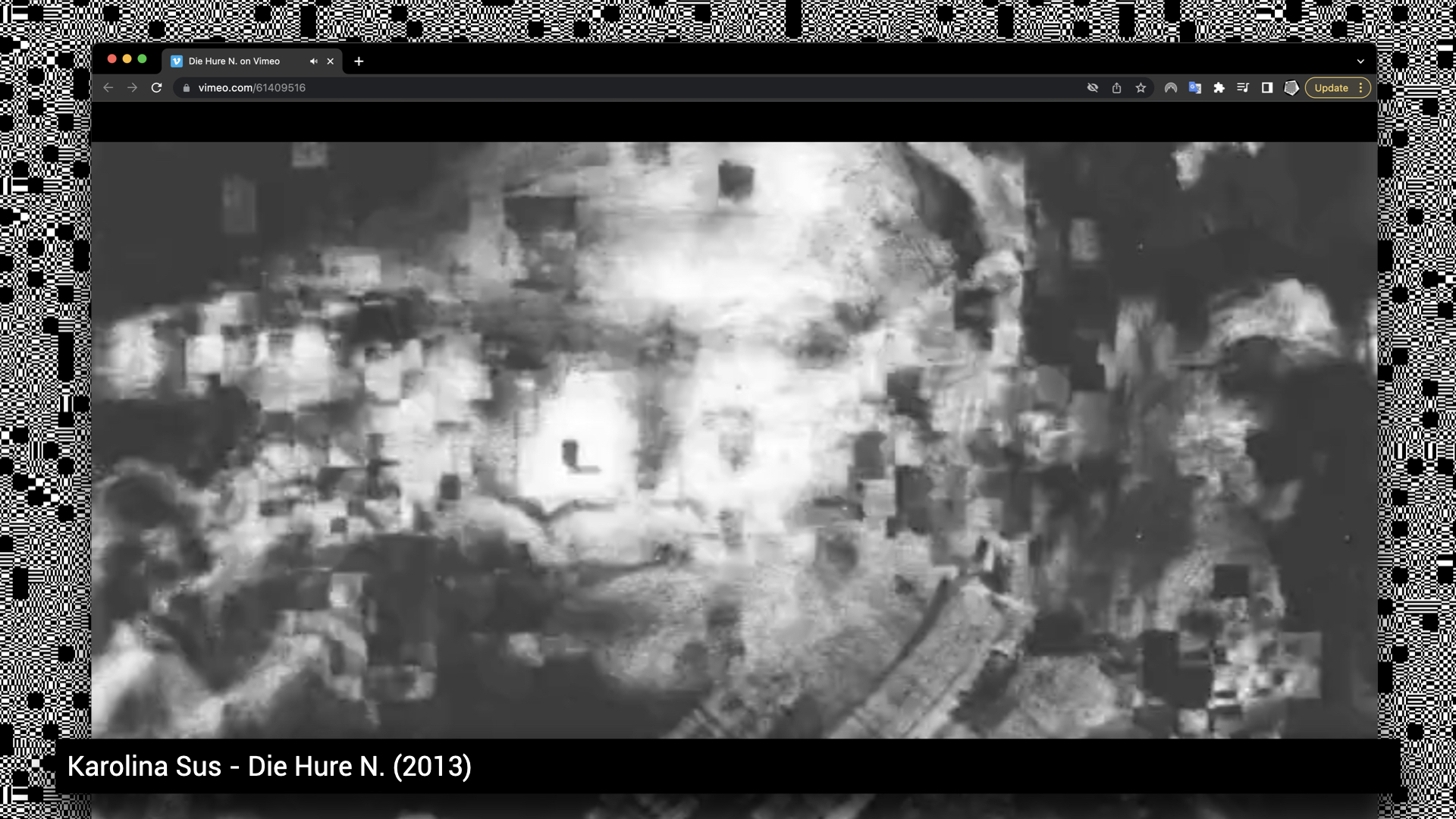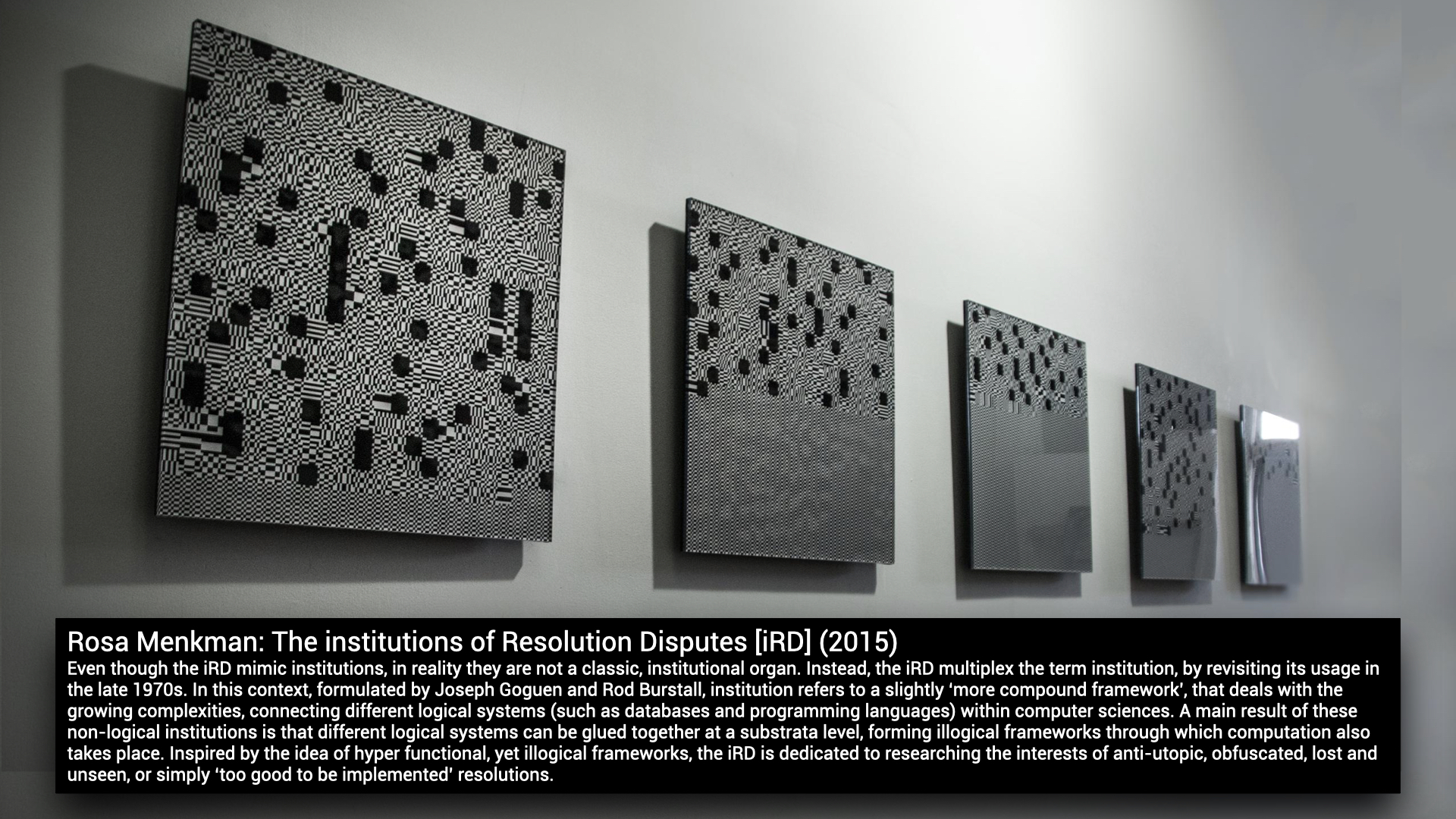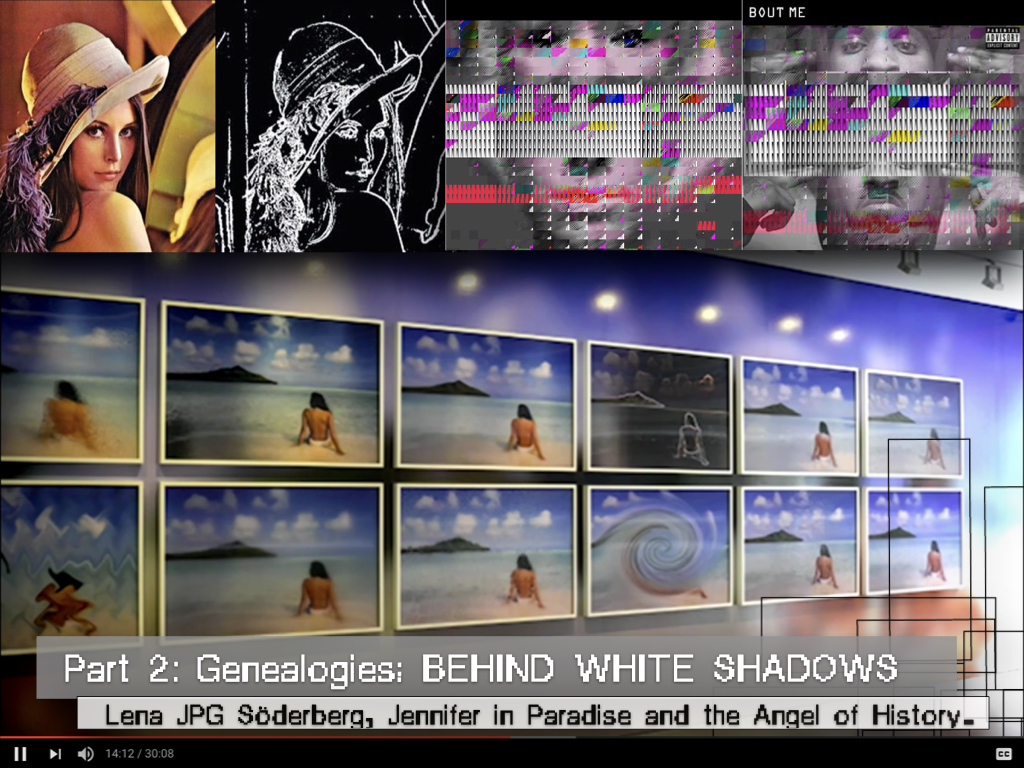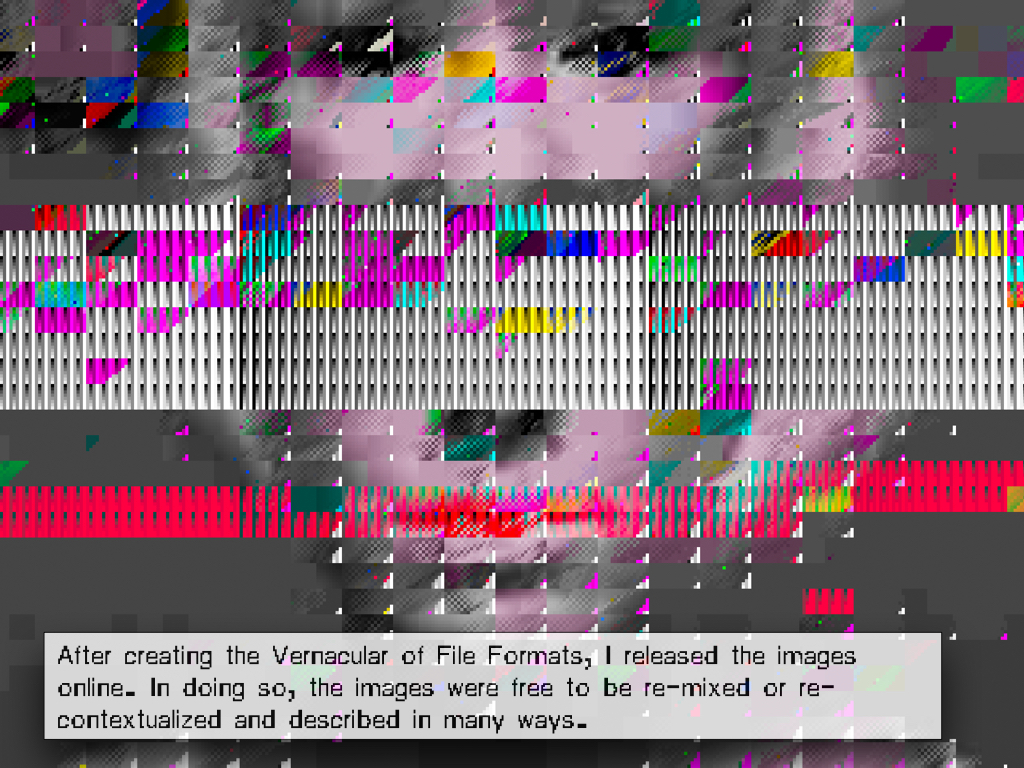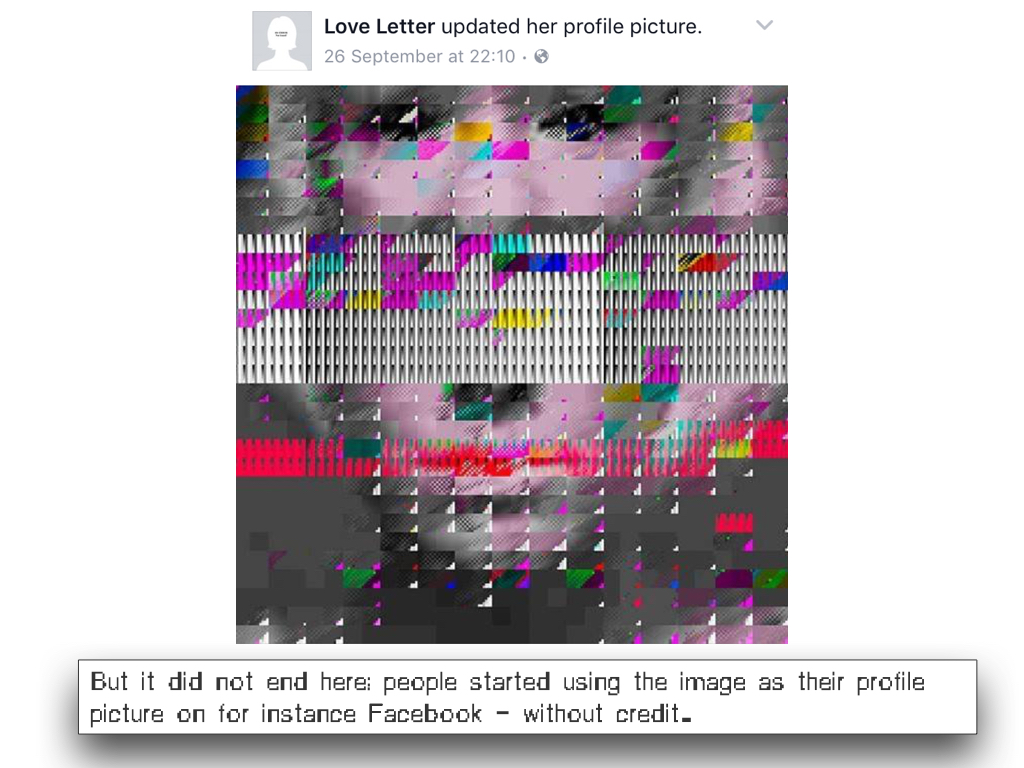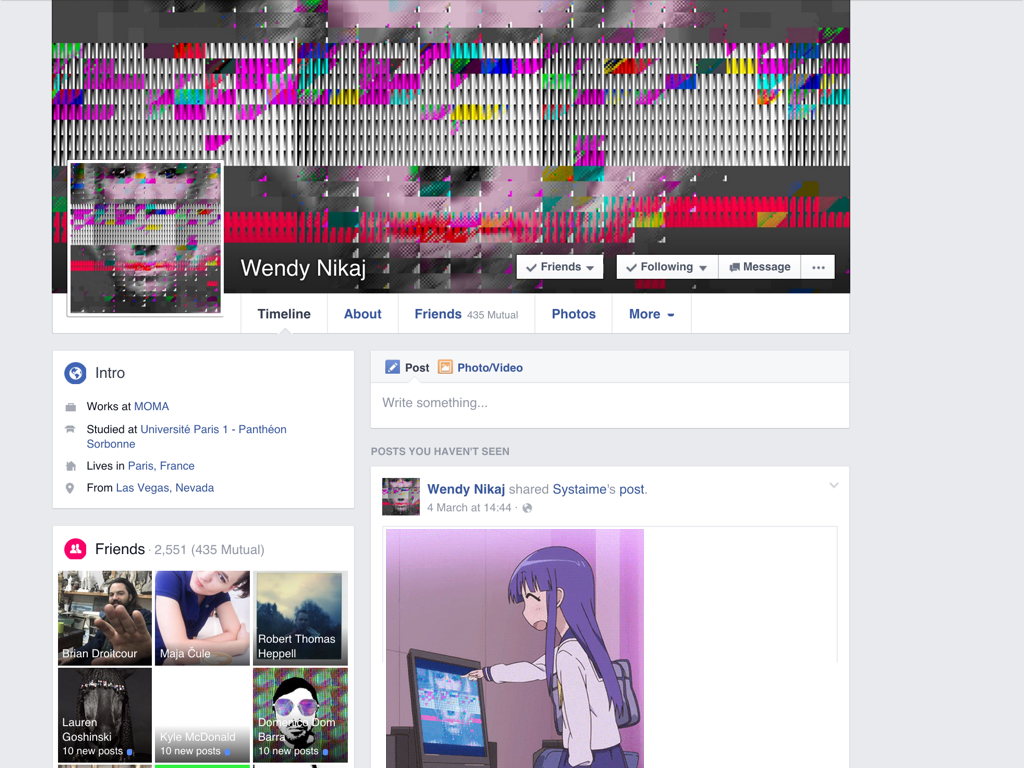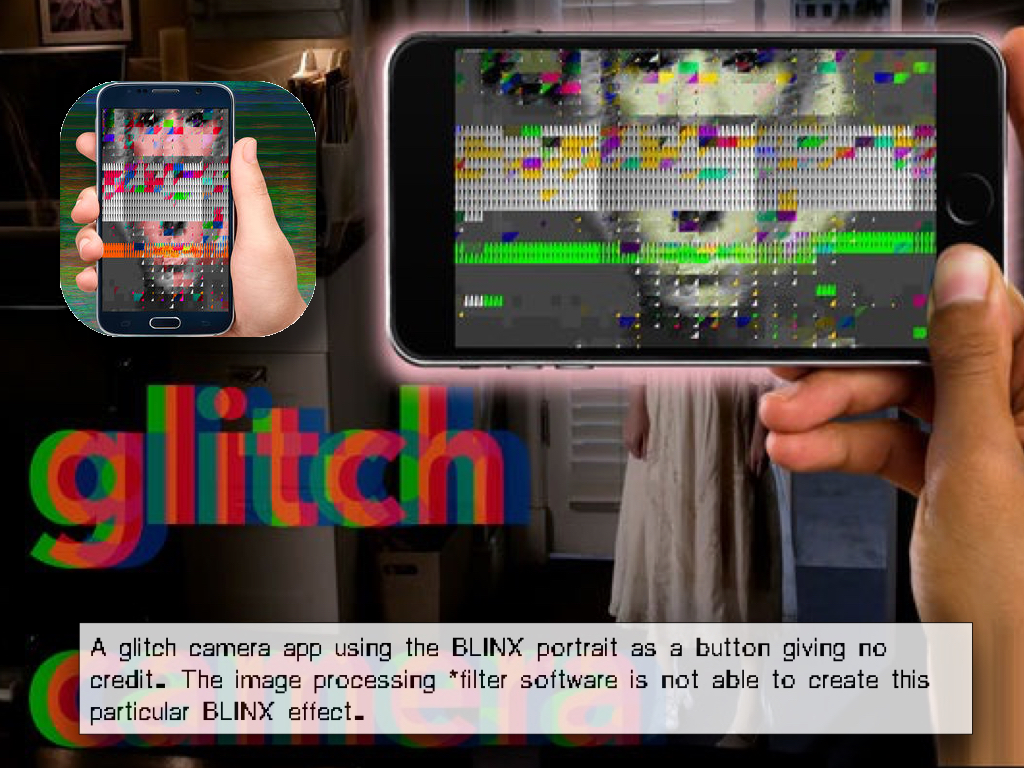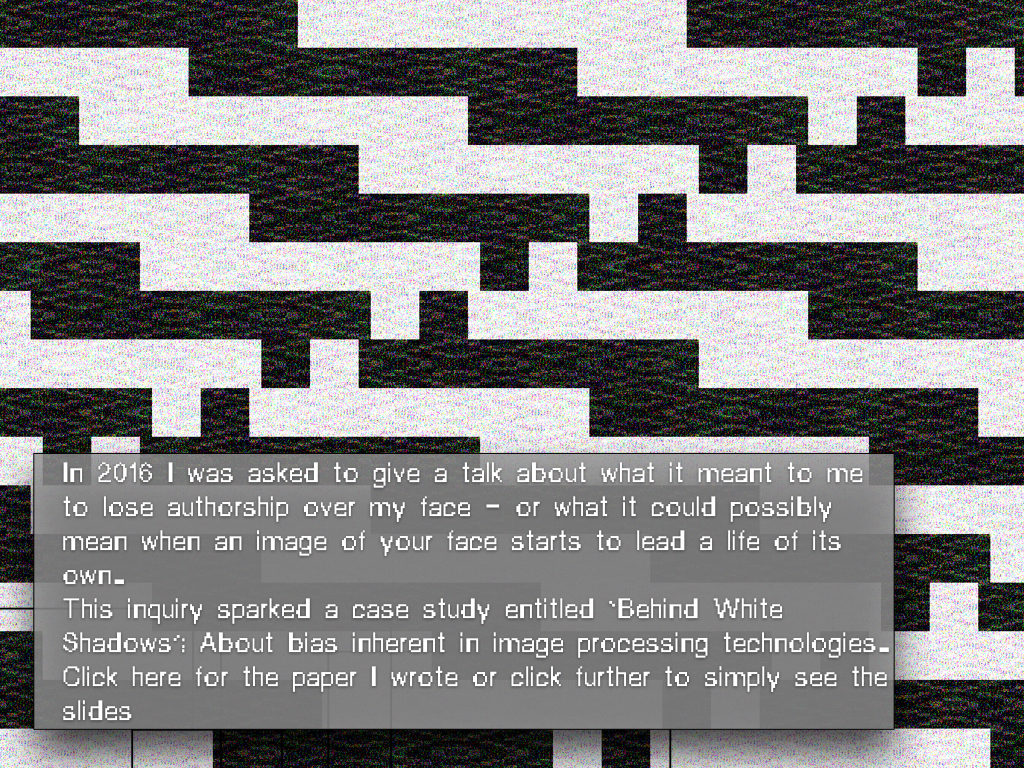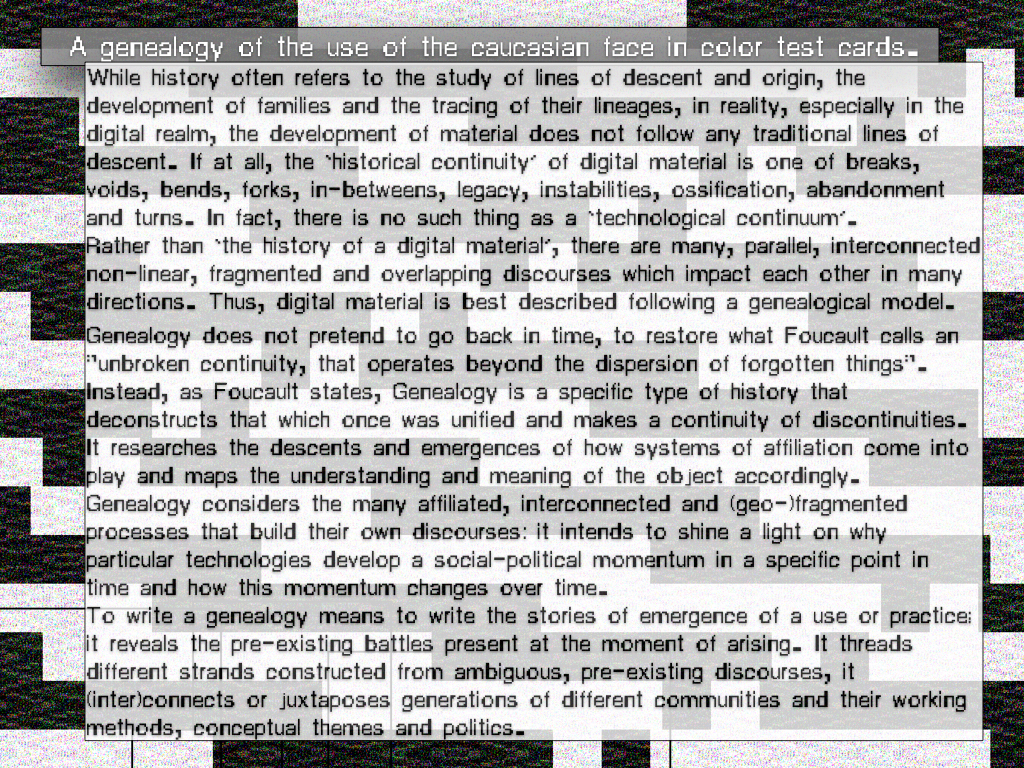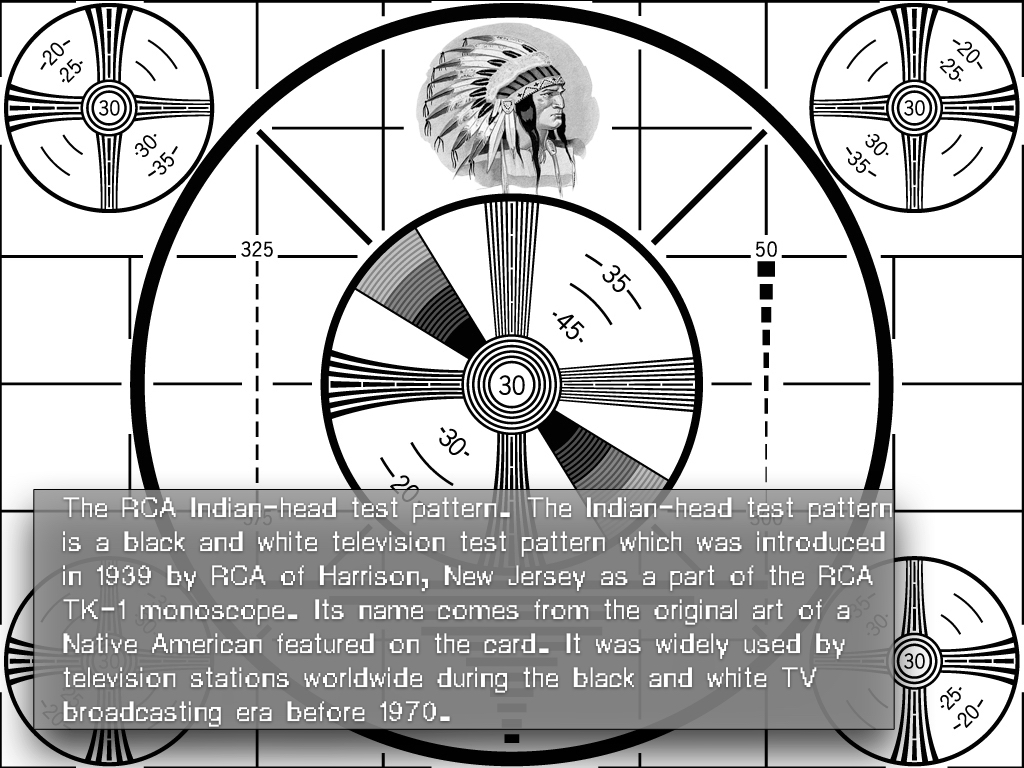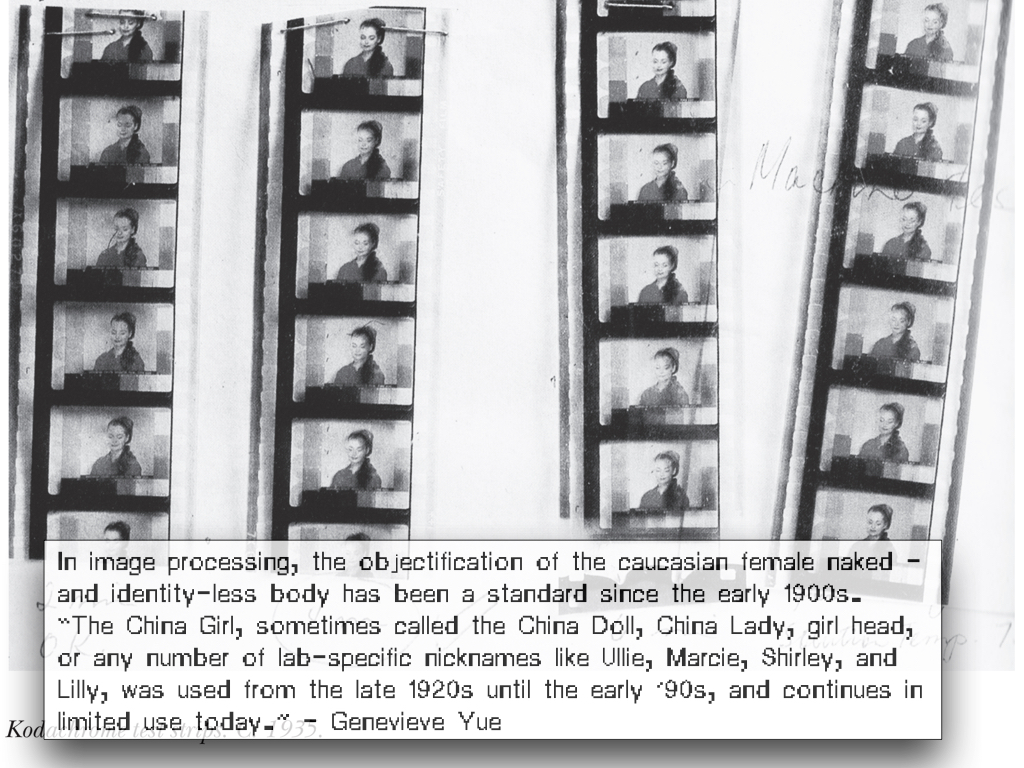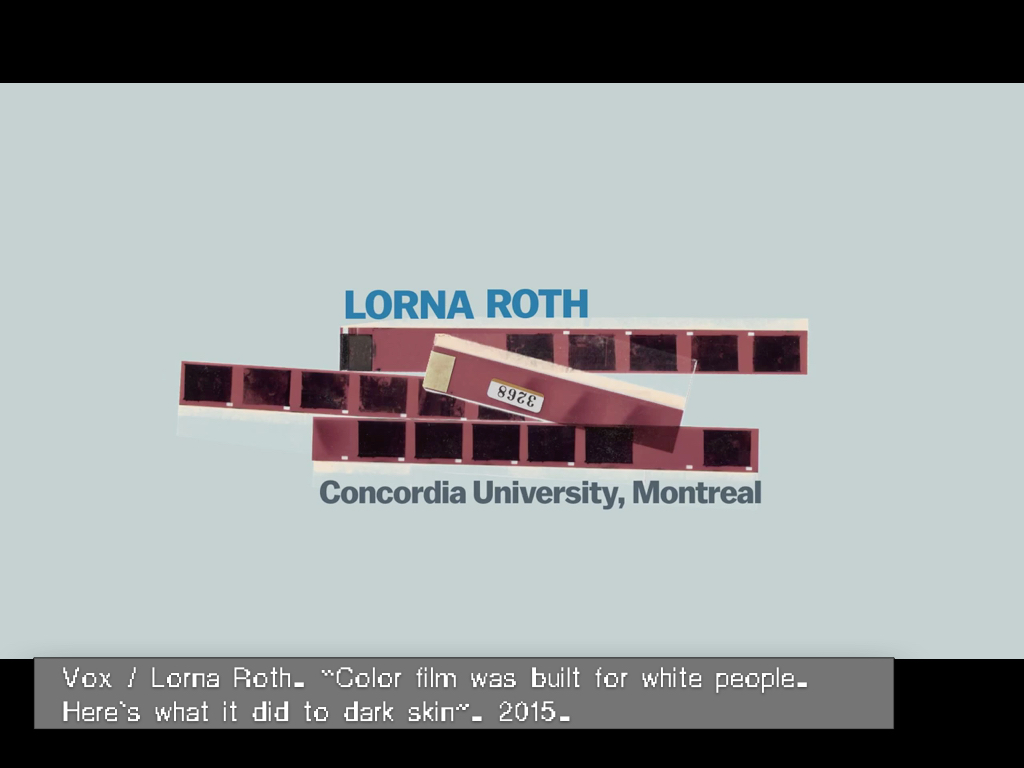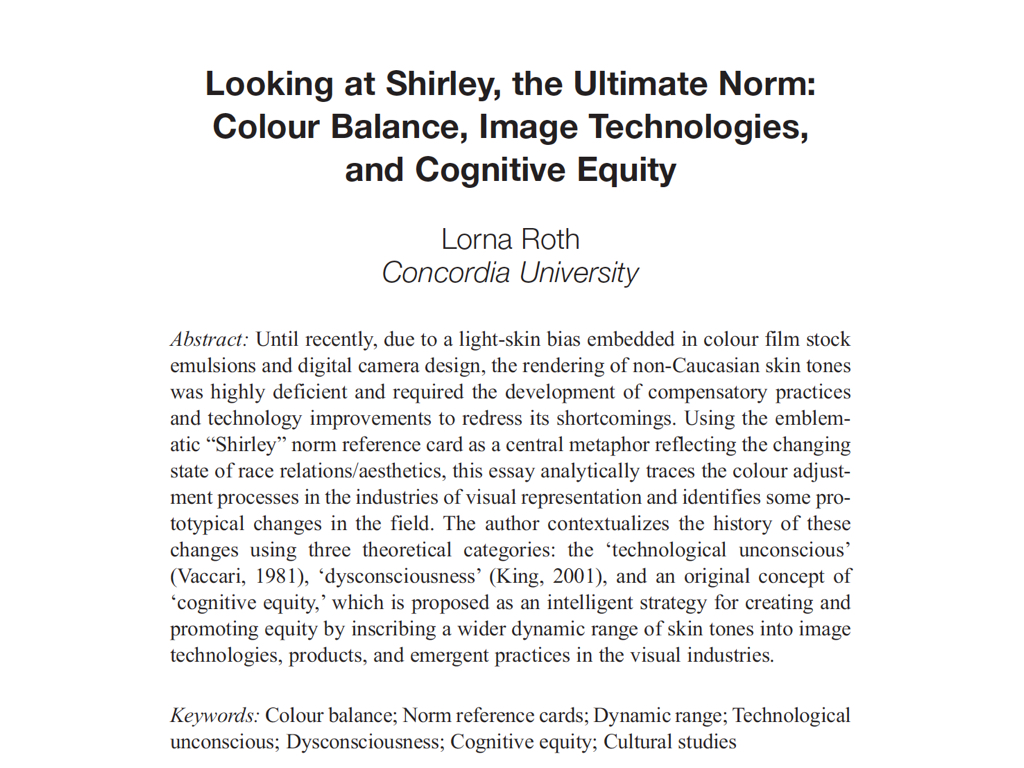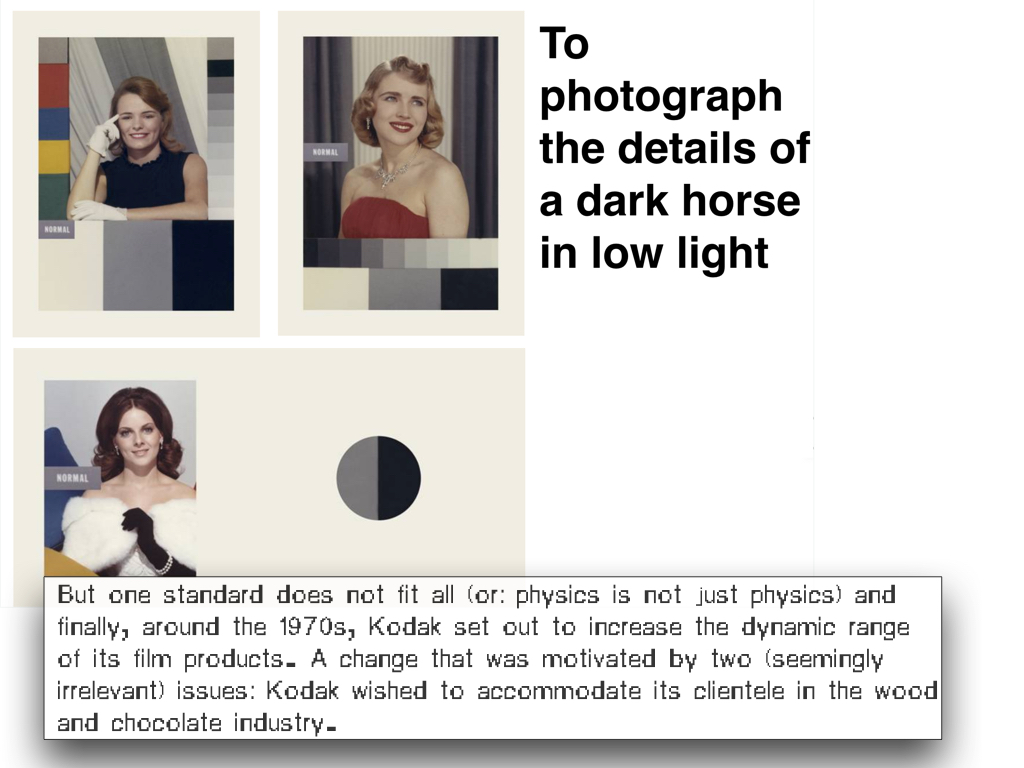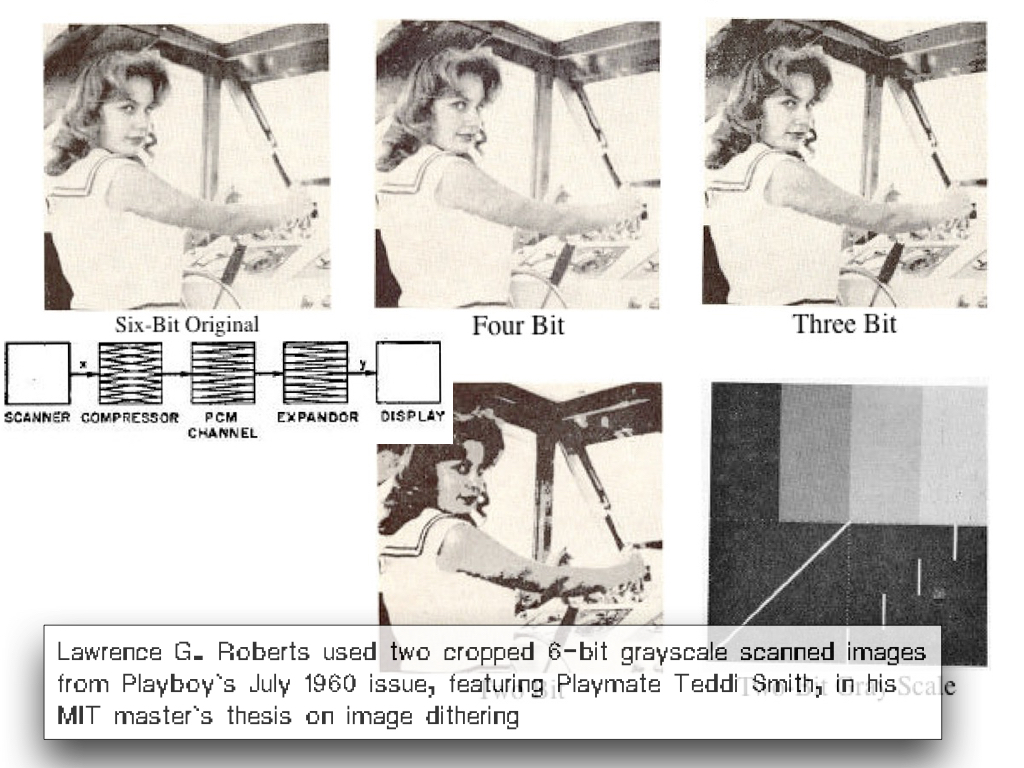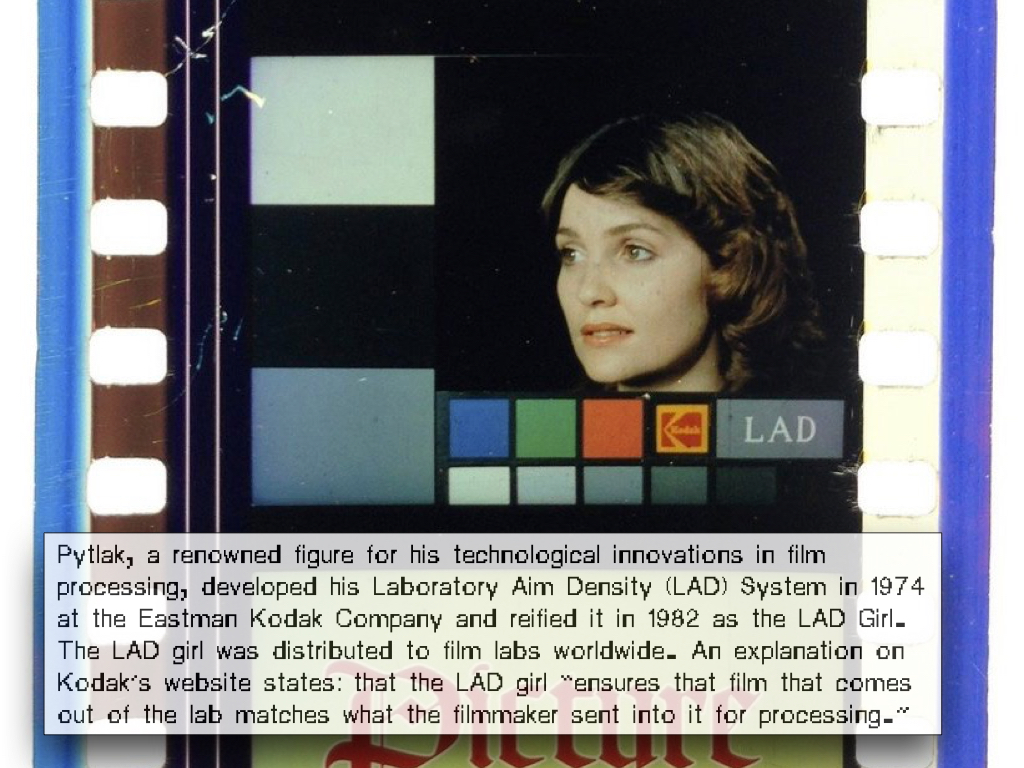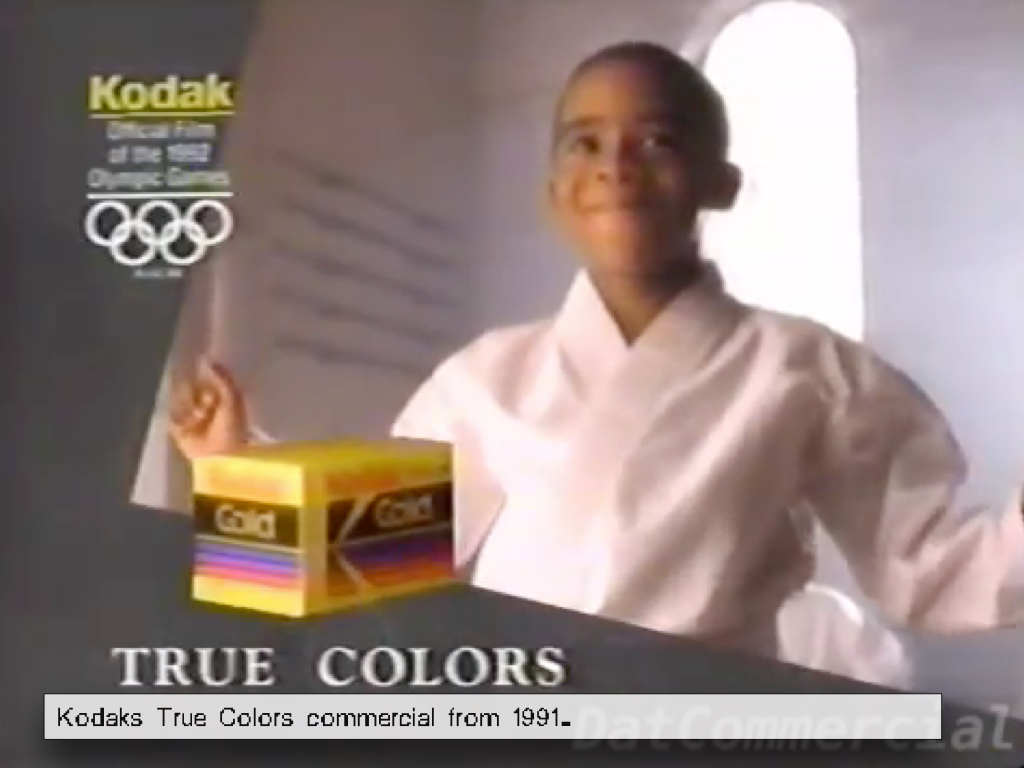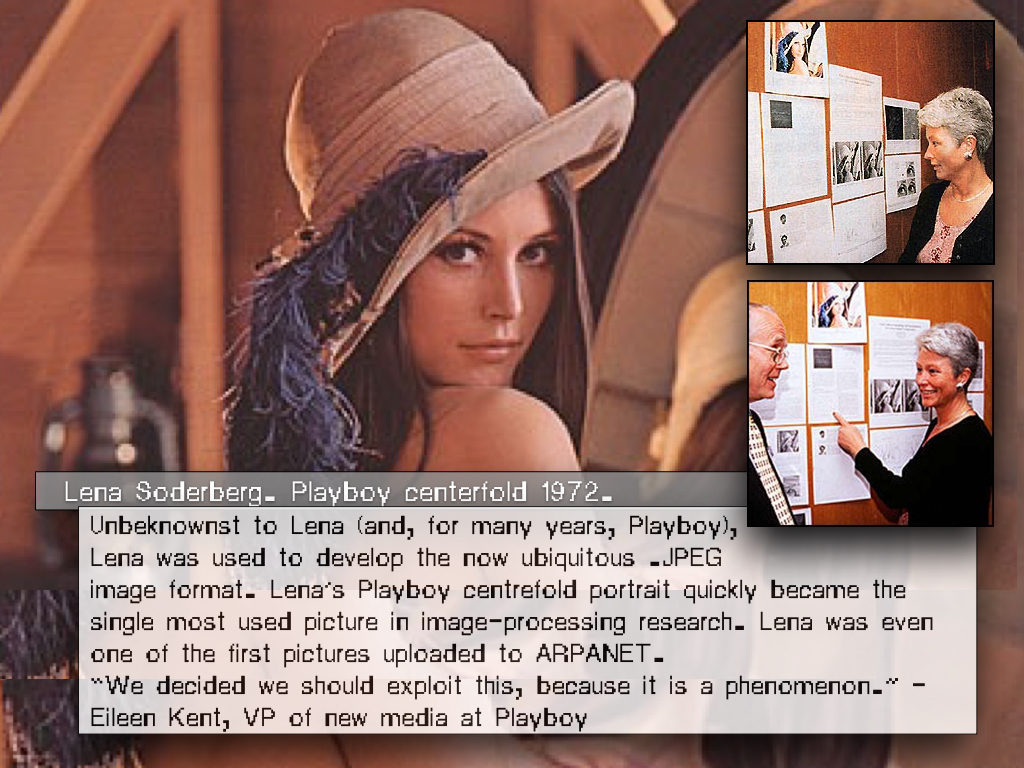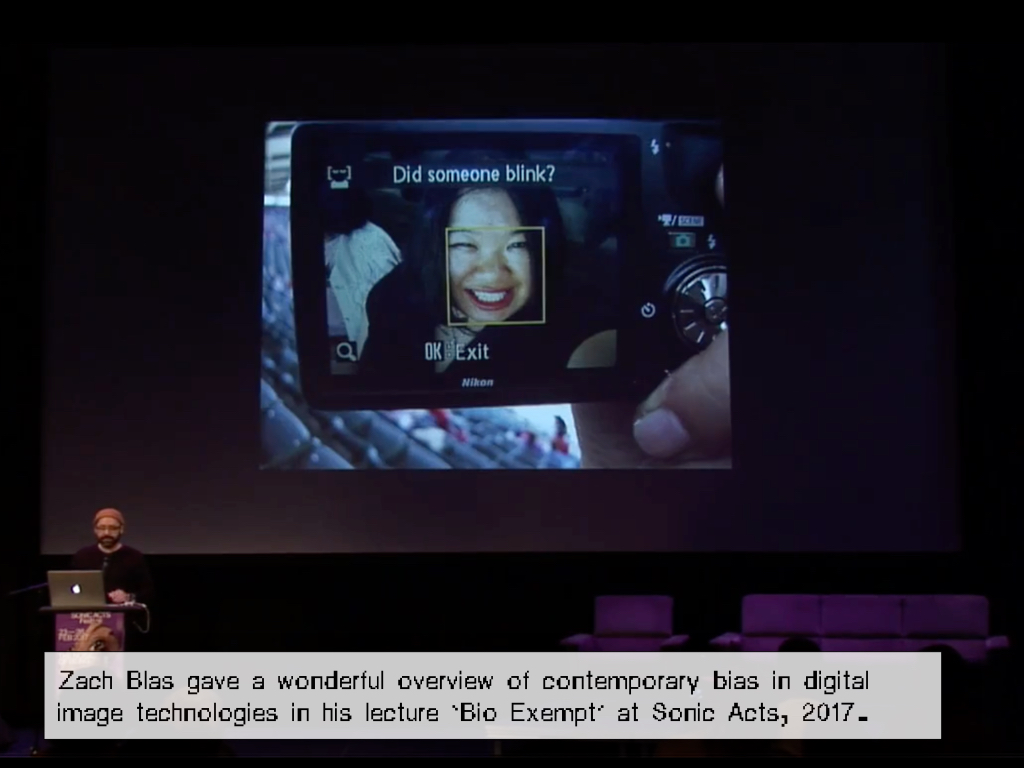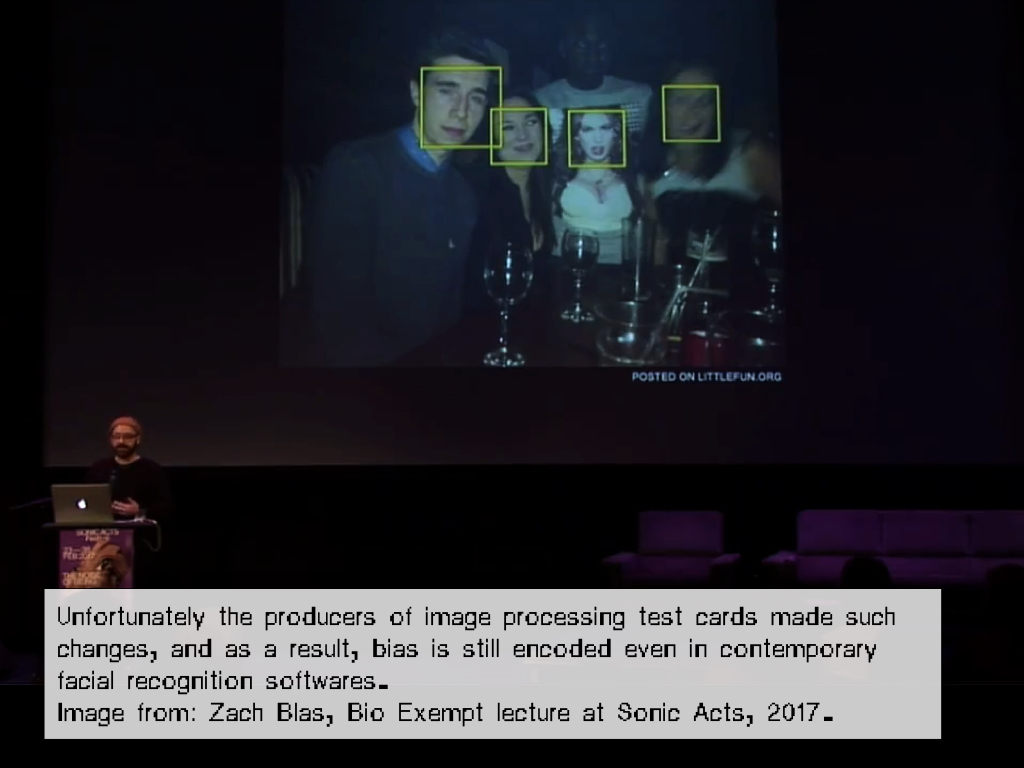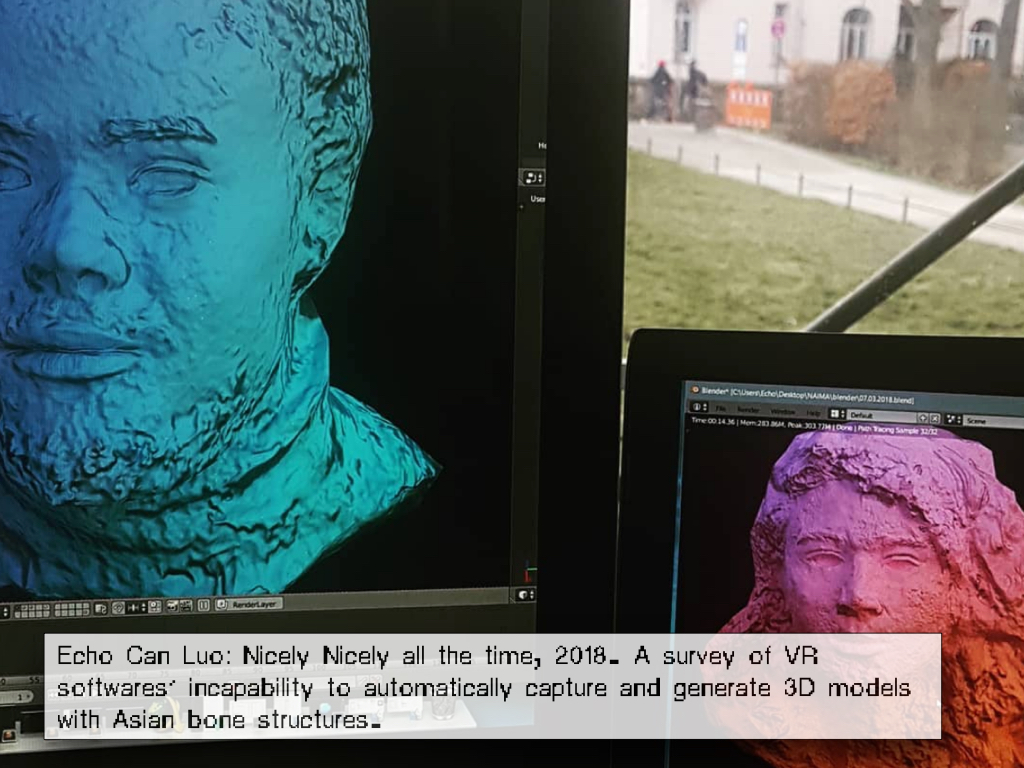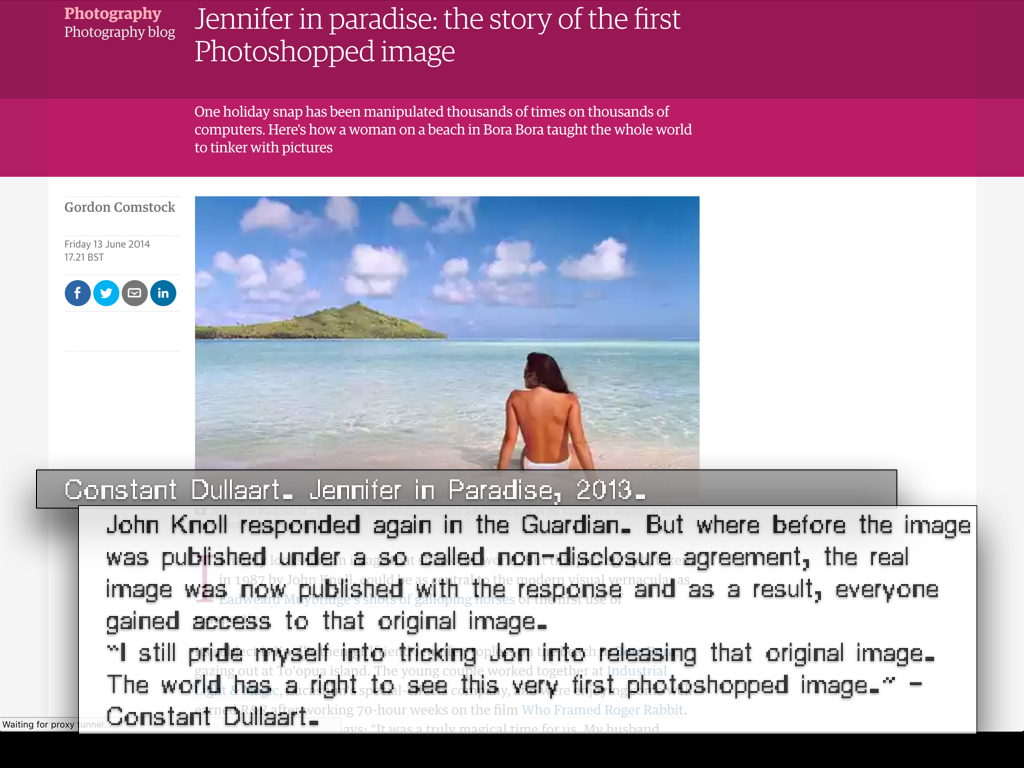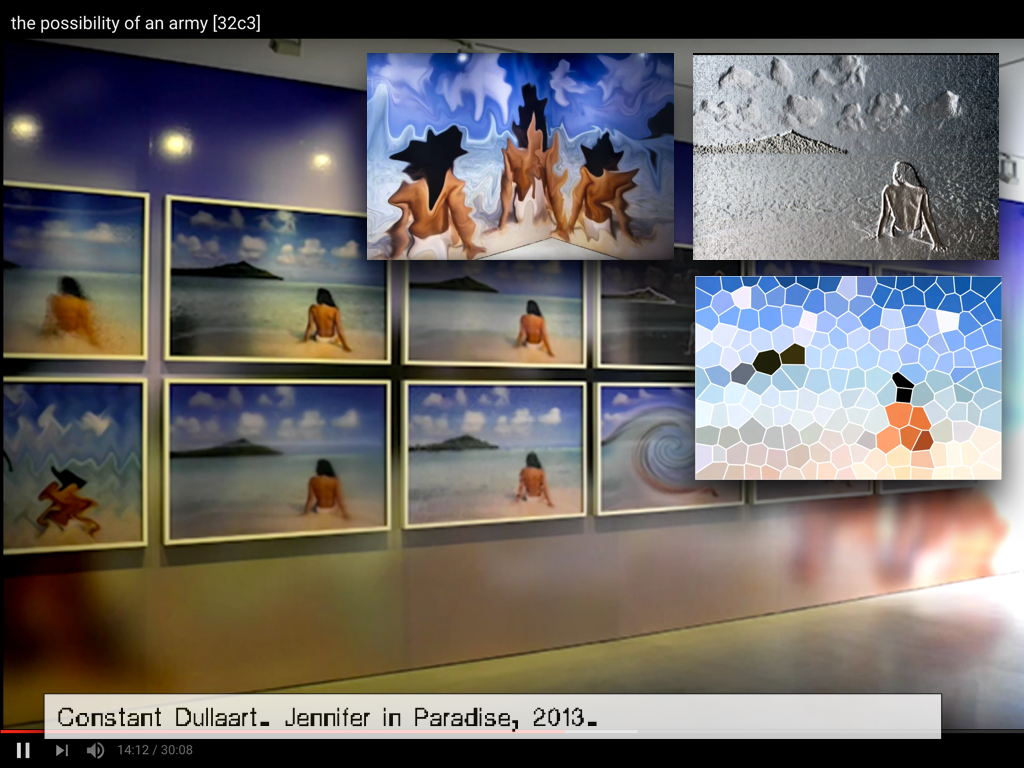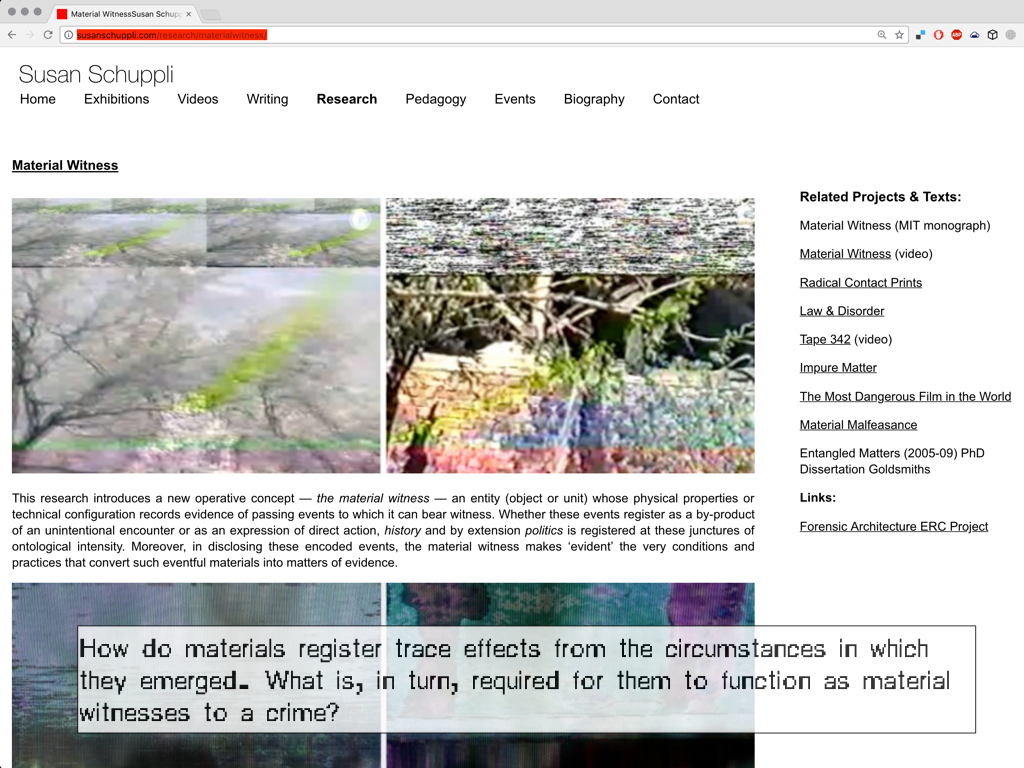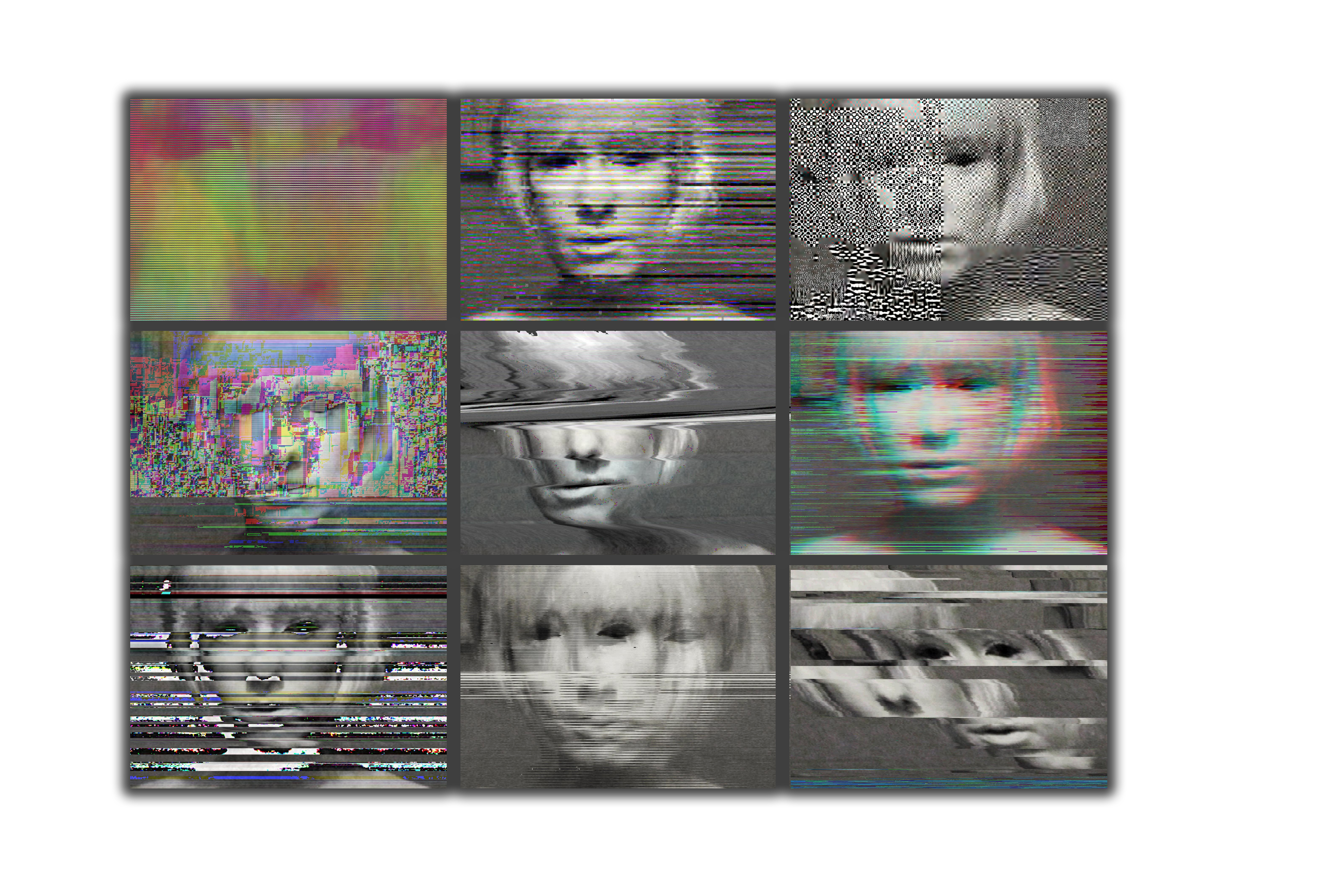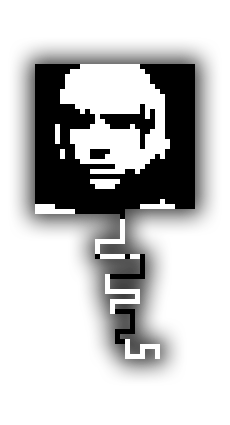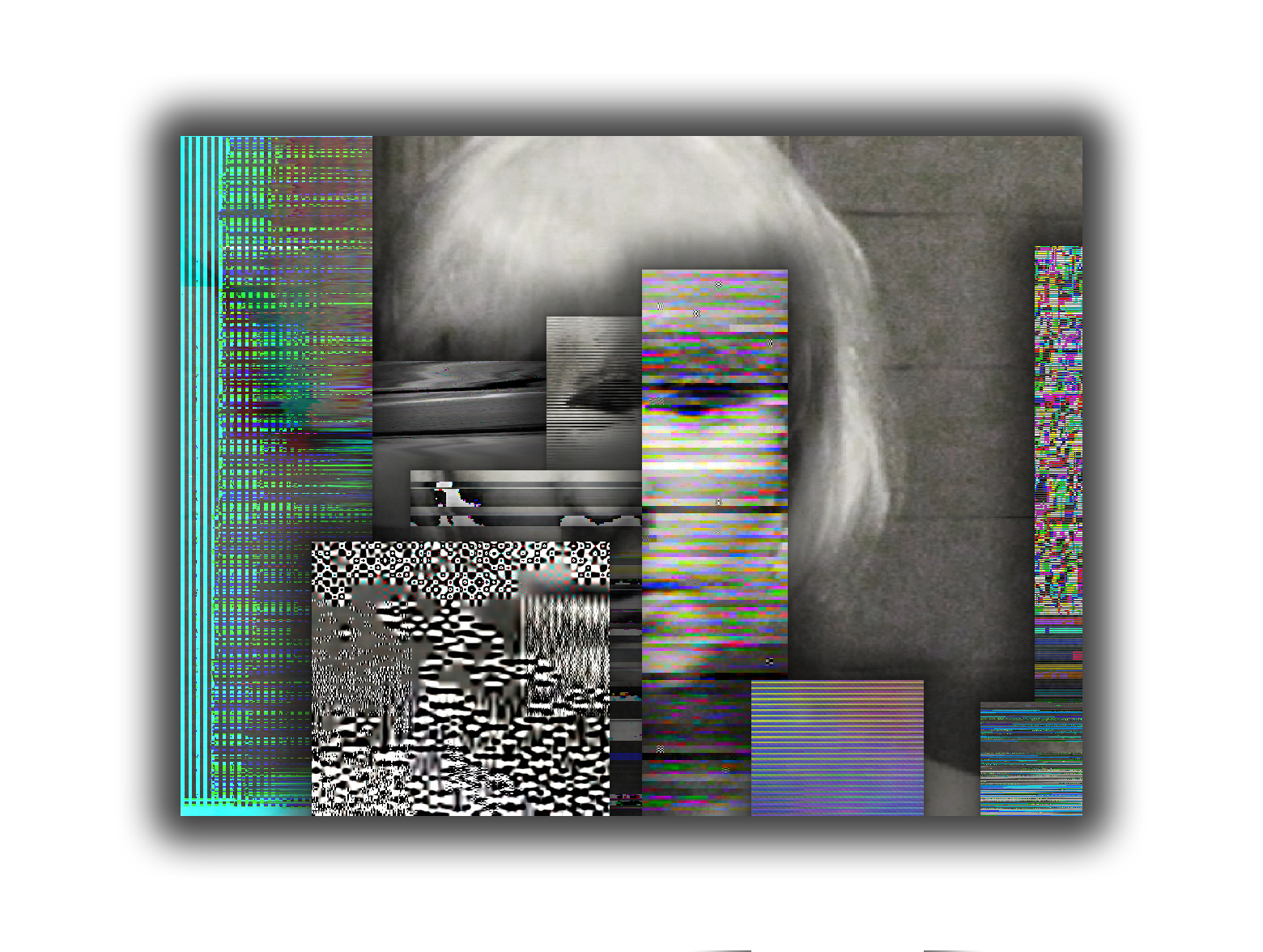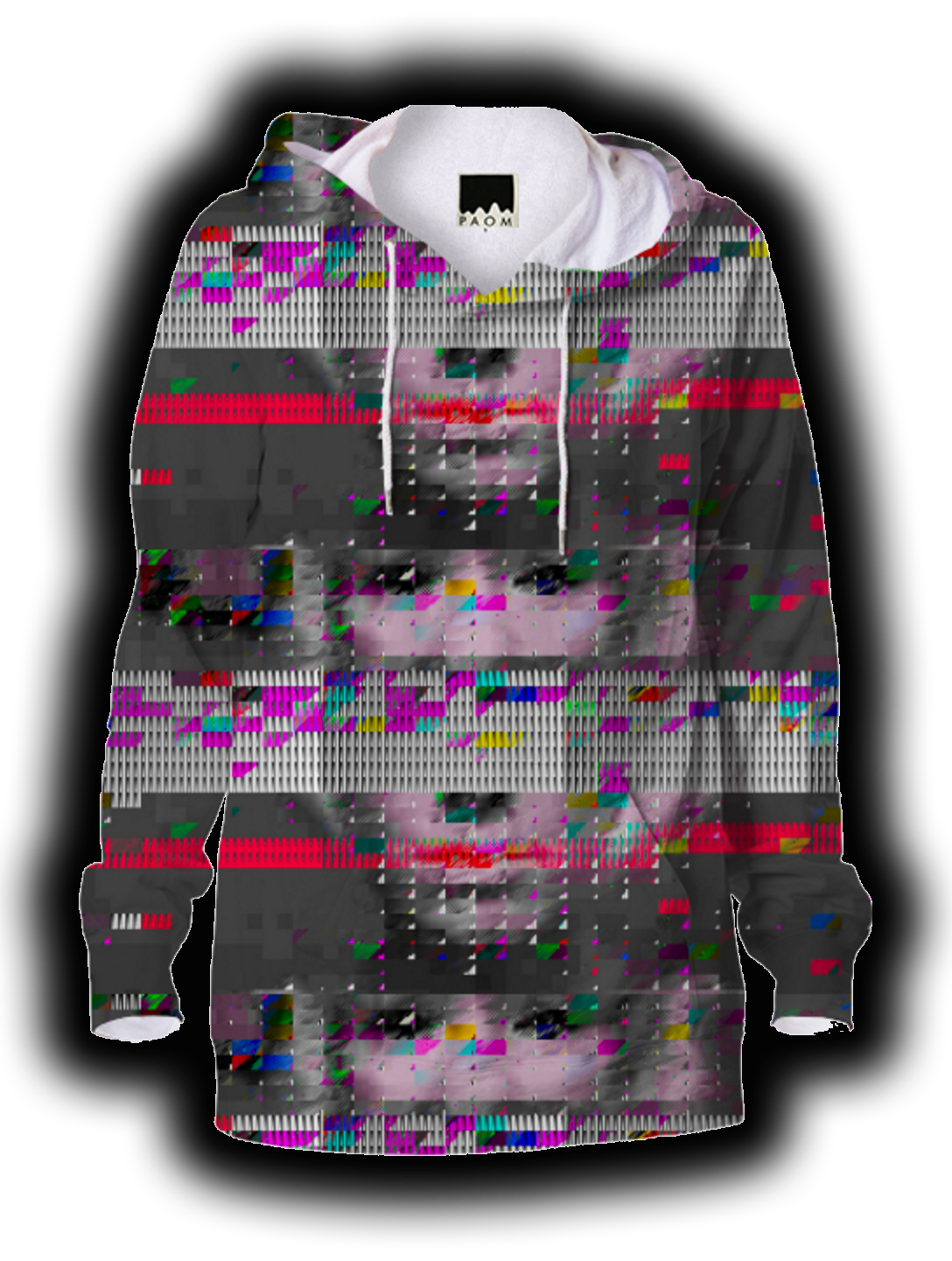[ 0001 ]
Resolution Dispute 0001 : Genealogy (vs. /his/tory)
[[part of Resolution Studies]]
.
Genealogy (vs. /his/tory)
While history often refers to the study of lines of descent and origin, the development of families and the tracing of their lineages, in reality, especially in the digital realm, the development of material does not follow any traditional lines of descent. If at all, the ‘historical continuity’ of digital material is one of breaks, voids, bends, forks, in-betweens, legacy, instabilities, ossification, abandonment and turns. In fact, there is no such thing as a ‘technological continuum’. Rather than ‘the history of a digital material’, there are many, parallel, interconnected non-linear, fragmented and overlapping discourses which impact each other in many directions. Thus, digital material, is best described following a genealogical model.
Genealogy does not pretend to go back in time, to restore what Foucault calls an "unbroken continuity, that operates beyond the dispersion of forgotten things". Genealogy is a specific type of history that deconstructs that which once was unified and makes a continuity of discontinuities. It researches the descents and emergences of how systems of affiliation come into play and maps the understanding and meaning of the object accordingly.
Genealogy considers the many affiliated, interconnected and (geo-)fragmented processes that build their own discourses: it intends to shine a light on why particular technologies develop a social-political momentum in a specific point in time and how this momentum changes over time. To write a genealogy means to write the stories of emergence of a use or practice; it reveals the pre-existing battles present at the moment of arising. It threads different strands constructed from ambiguous, pre-existing discourses, it (inter)connects or juxtaposes generations of different communities and their working methods, conceptual themes and politics.
There is no such thing as a complete history. There are only the many stories from different perspectives, derived from uncertain interpretations, that are neither true nor false. The many stories of media technology are constantly subject to revision:
while their language systems emerge, meanings shift, idioms ossify and vernacular turns to affectual signifiers.
... and then they change again.
︎︎︎︎︎︎
1. Foucault, Michel. "Nietzsche, Genealogy, History." in: the Foucault Reader, ed. P. Rabinow (Harmondsworth: Penguin) 1984. p.81
The slides underneath are from the New Media class ‘Beyond Resolution’ which I thaught as substitute professor at the KHK (Kassel) in the Sommer Semester of 2018. During this week we unpacked the term ‘Genealogy’ via in two weeks; one week was dedicated to standardization via test cards and the next week was dedicated to the development of the meaning of one specific glitch effect: macroblocking, specifically in moving image. The slides are clickable; they either link to the work reference or zoom.
DE/CALIBRATION
TARGET
⬓⬒◨◨◧
HOW NOT
TO BE READ.PDF
▣⬓⬒◨◧
DCT ENCRYPTION
STATION
◨◧◧⬓◨
JPEG
◧◧⬓◨⬓◨
KEY
⬓⬓⬓
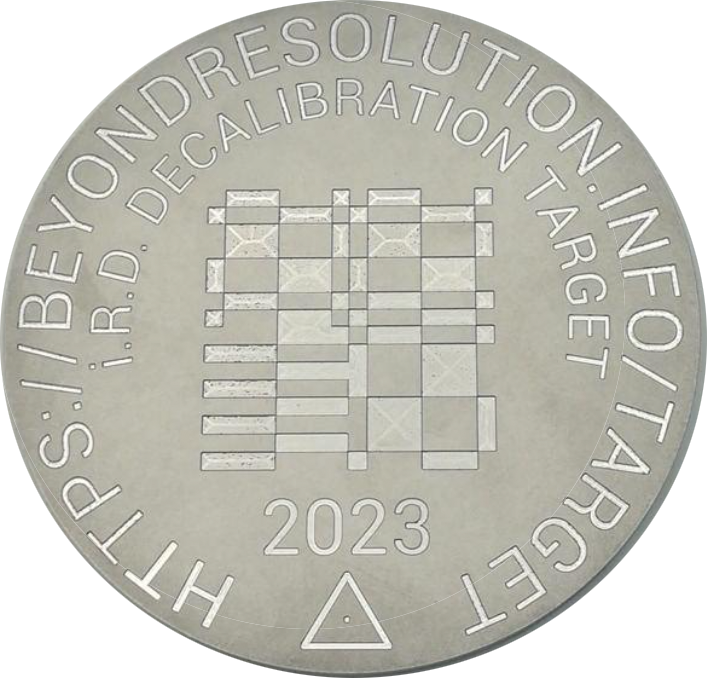
IM/POSSIBLE IMAGES
◧⬒◨⬓◧
THE i.R.D.
DE/CALIBRATION
ARMY
◧⬒◨⬓◧
SHREDDED HOLOGRAM ROSE
◨◧◧⬓◨
⌁ [ethnography of PAL]
The Collapse of PAL (2010)
This is the rendered version of a live av-performance first done on national Danish television and subsequently performed at oa. Transmediale (Germany) and Nova festival (Brasil).
This is the rendered version of a live av-performance first done on national Danish television and subsequently performed at oa. Transmediale (Germany) and Nova festival (Brasil).
Collapse of PAL is about the loss of connectivity, being forgotten, decalibration.
In "The Collapse of PAL" (Eulogy, Obsequies and Requiem for the planes of blue phosphor), the Angel of History <href: Walter Benjamin> reflects on the PAL signal and its termination. This death sentence, although executed in silence, was a brutally violent act that left PAL disregarded and obsolete. While it might be argued that the PAL signal is dead, it still exists as a trace left upon the new, ‘better’ digital technologies.
PAL can, even though the technology is terminated, be found here as a historical form that newer technologies build upon, in- herit or have appropriated from. Besides this, the Angel also realizes that the new DVB signal that has been chosen over PAL is different, but at the same time also inherently flawed as PAL.
☰☰☰☰☰☰☰☰☰☰☰☰☰☰☰☰☰☰☰☰☰
︎ Order and Progress catalogue text by Domenico Quaranta
︎ Collapse of PAL in What is Media Archaeology? by Jussi Parikka
︎ Collapse of PAL in Angelic Ecologies by Sean Cubitt
In "The Collapse of PAL" (Eulogy, Obsequies and Requiem for the planes of blue phosphor), the Angel of History <href: Walter Benjamin> reflects on the PAL signal and its termination. This death sentence, although executed in silence, was a brutally violent act that left PAL disregarded and obsolete. While it might be argued that the PAL signal is dead, it still exists as a trace left upon the new, ‘better’ digital technologies.
PAL can, even though the technology is terminated, be found here as a historical form that newer technologies build upon, in- herit or have appropriated from. Besides this, the Angel also realizes that the new DVB signal that has been chosen over PAL is different, but at the same time also inherently flawed as PAL.
☰☰☰☰☰☰☰☰☰☰☰☰☰☰☰☰☰☰☰☰☰
︎ Order and Progress catalogue text by Domenico Quaranta
︎ Collapse of PAL in What is Media Archaeology? by Jussi Parikka
︎ Collapse of PAL in Angelic Ecologies by Sean Cubitt
Nova Roja Trailer / Rosa Menkman - Collapse of PAL 2010-2012
Nova Roja Collapse of PAL end when Defi destroys the screens. Below: live at Xrt 2011.
Elegy for the Collapse of PAL (2016)
A video response to a signal first I send so many years ago. It was first presented in the Transmediale reader as text, and then performed as a short 10 min solo performance at Radiator Gallery in NYC, 2017.
Its screen recorded version was shown at Vivid Projects behind a ‘shrine’ featuring blue, burned cassette tapes.
TXT published in across & beyond – A transmediale Reader on Post-digital Practices, Concepts, and Institutions Year of publication: 2016
Related participants: Ryan Bishop Jussi Parikka Kristoffer Gansing Elvia Wilk Morehshin Allahyari Daniel Rourke Jamie Allen David Gauthier Clemens Apprich Ned Rossiter Tatiana Bazzichelli Benjamin H. Bratton Florian Cramer Dieter Daniels Geoffroy de Lagasnerie Daphne Dragona Keller Easterling Olga Goriunova Louis Henderson Geraldine Juárez Olia Lialina Alessandro Ludovico Rosa Menkman Julian Oliver Danja Vasiliev Erica Scourti Cornelia Sollfrank Baruch Gottlieb Dmytri Kleiner Tiziana Terranova YoHa.
︎ pdf version.
Installation at Vivid Projects: Superseded (2017)
Photo by Antonio Roberts
A video response to a signal first I send so many years ago. It was first presented in the Transmediale reader as text, and then performed as a short 10 min solo performance at Radiator Gallery in NYC, 2017.
Its screen recorded version was shown at Vivid Projects behind a ‘shrine’ featuring blue, burned cassette tapes.
TXT published in across & beyond – A transmediale Reader on Post-digital Practices, Concepts, and Institutions Year of publication: 2016
Related participants: Ryan Bishop Jussi Parikka Kristoffer Gansing Elvia Wilk Morehshin Allahyari Daniel Rourke Jamie Allen David Gauthier Clemens Apprich Ned Rossiter Tatiana Bazzichelli Benjamin H. Bratton Florian Cramer Dieter Daniels Geoffroy de Lagasnerie Daphne Dragona Keller Easterling Olga Goriunova Louis Henderson Geraldine Juárez Olia Lialina Alessandro Ludovico Rosa Menkman Julian Oliver Danja Vasiliev Erica Scourti Cornelia Sollfrank Baruch Gottlieb Dmytri Kleiner Tiziana Terranova YoHa.
︎ pdf version.
Installation at Vivid Projects: Superseded (2017)
Photo by Antonio Roberts
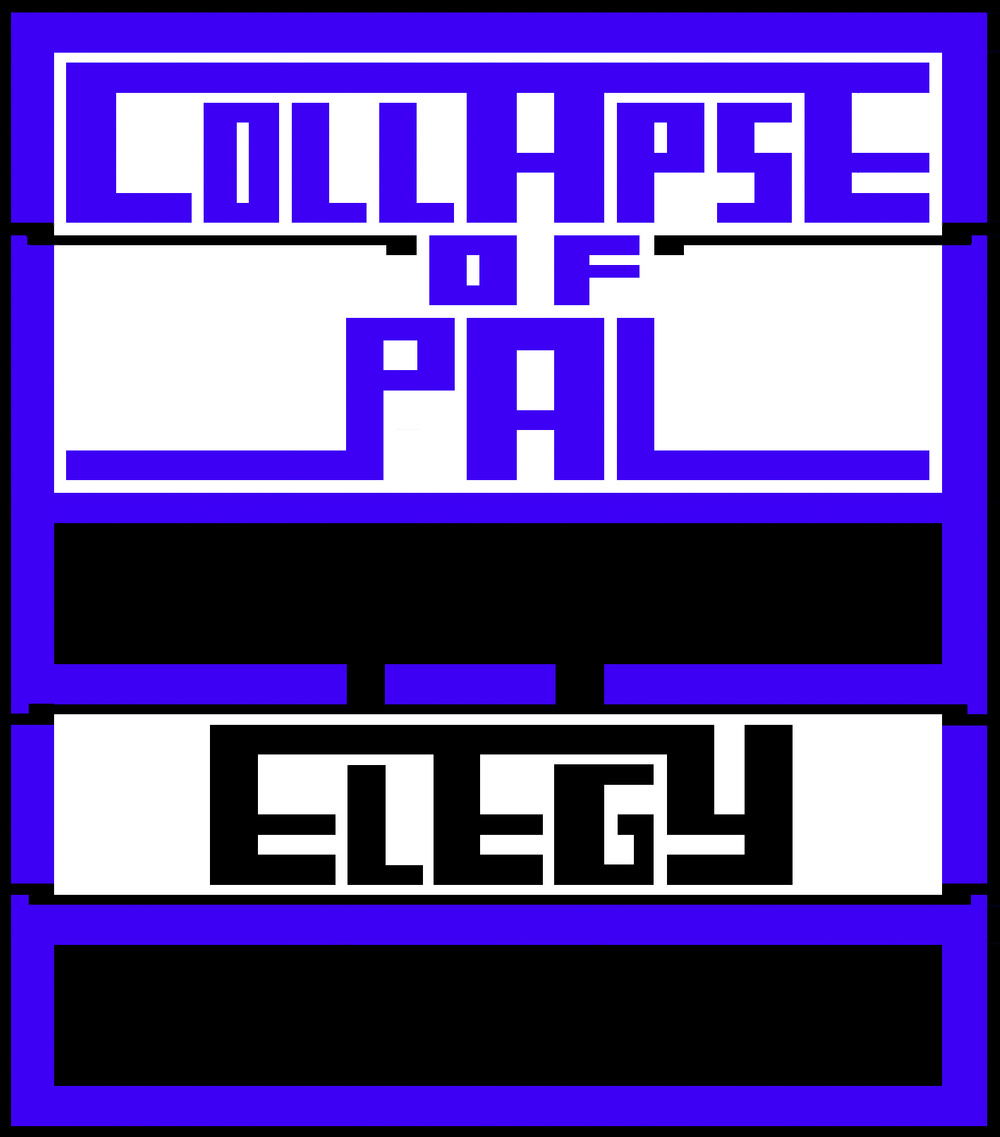
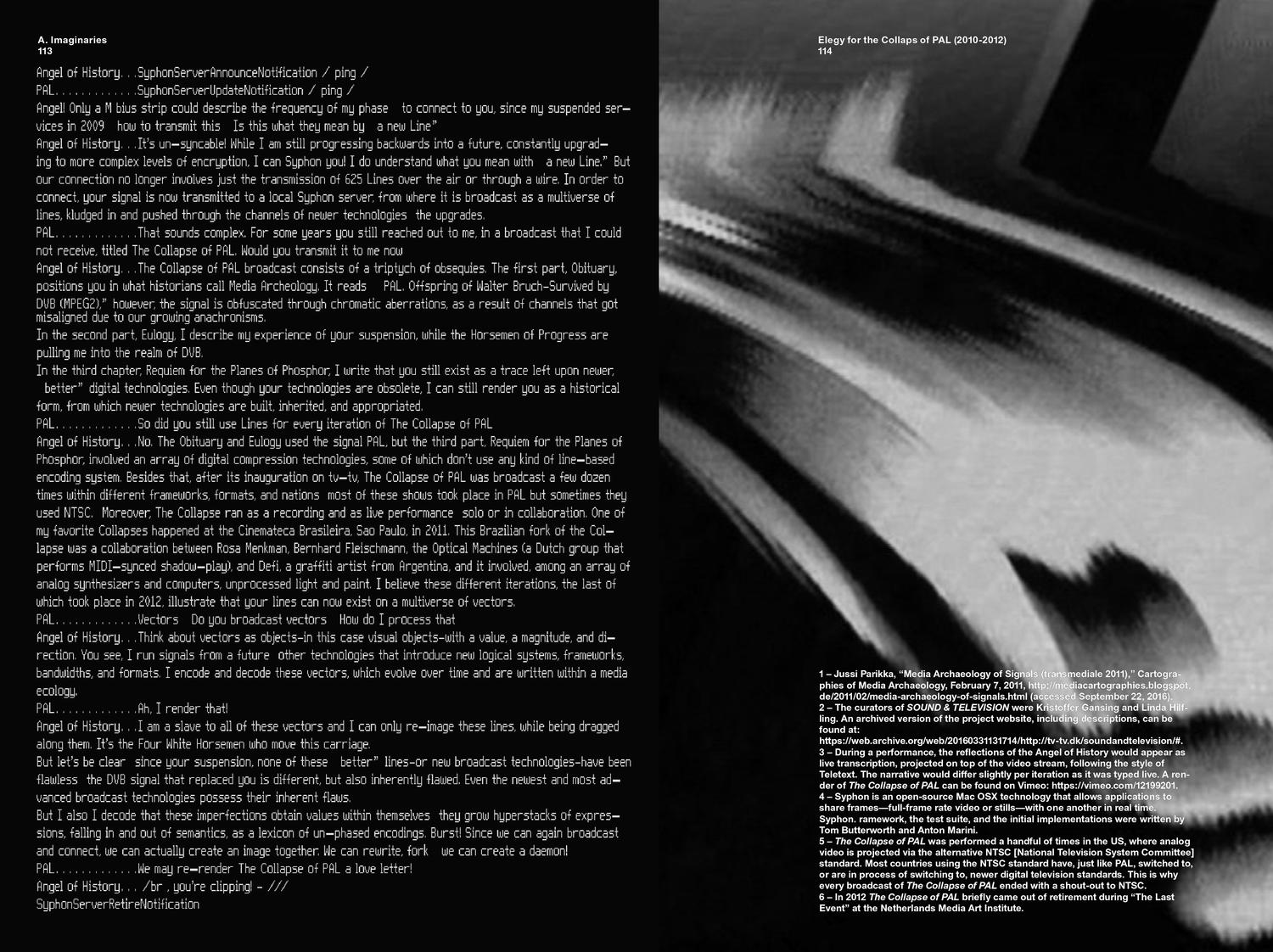
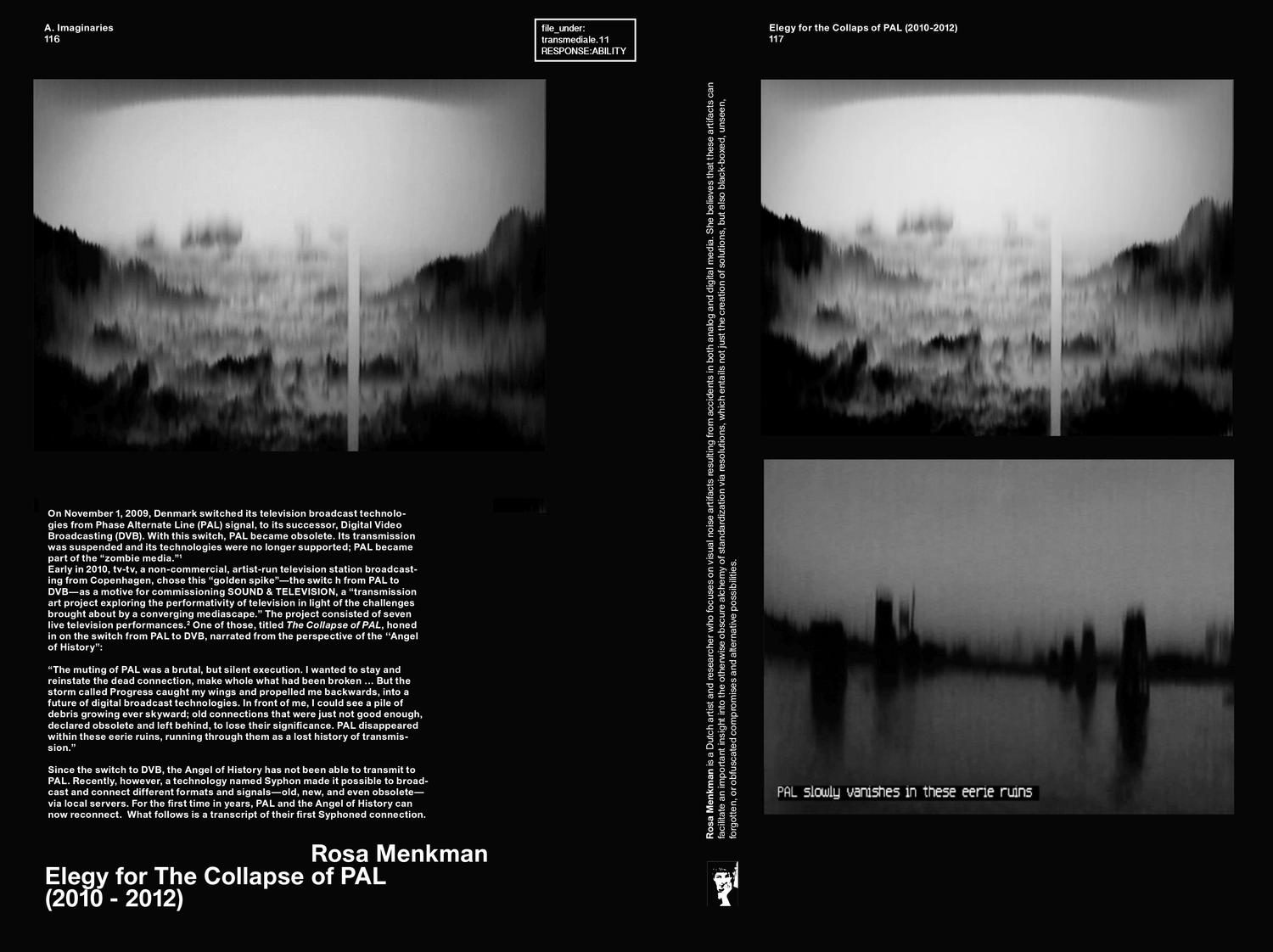
[ ethnography of a compression artifact : MPEG ]
Dear MR. Compression (2010)
Corrupt tango
There is not sufficient data. Please enter data
Your file has invalid markers. Enter new markers
Your dimensions do not correspond. Change dimensions
ERROR
Goto data therapy and repair your registry
Your keyframes are missing
Your codecs are not supported
Please respect the software
Now it is too little too late [system shut down]
Dear mr compression
I write a 1000 poems to you
Is this what they call progress?
Warmly yours,
the noxious angel of history
Corrupt tango
There is not sufficient data. Please enter data
Your file has invalid markers. Enter new markers
Your dimensions do not correspond. Change dimensions
ERROR
Goto data therapy and repair your registry
Your keyframes are missing
Your codecs are not supported
Please respect the software
Now it is too little too late [system shut down]
Dear mr compression
I write a 1000 poems to you
Is this what they call progress?
Warmly yours,
the noxious angel of history



